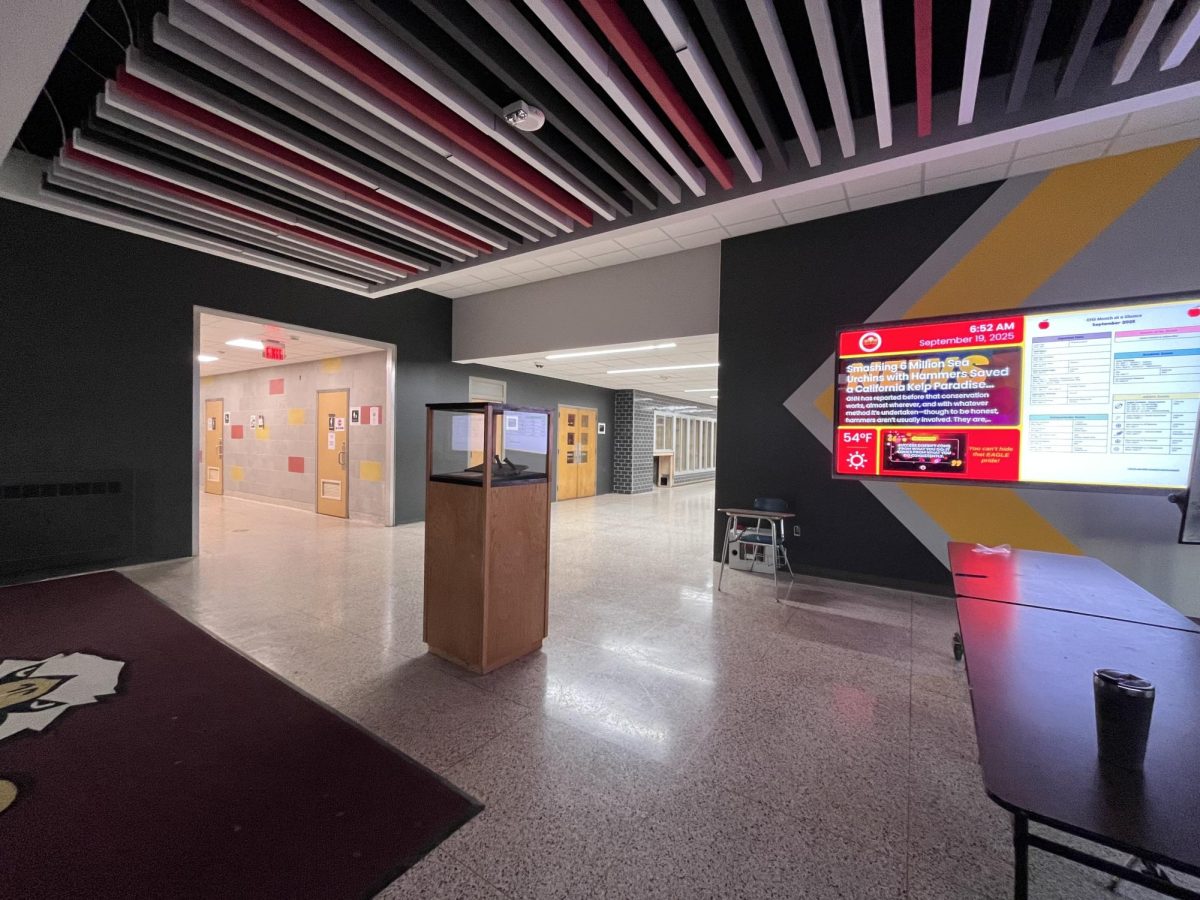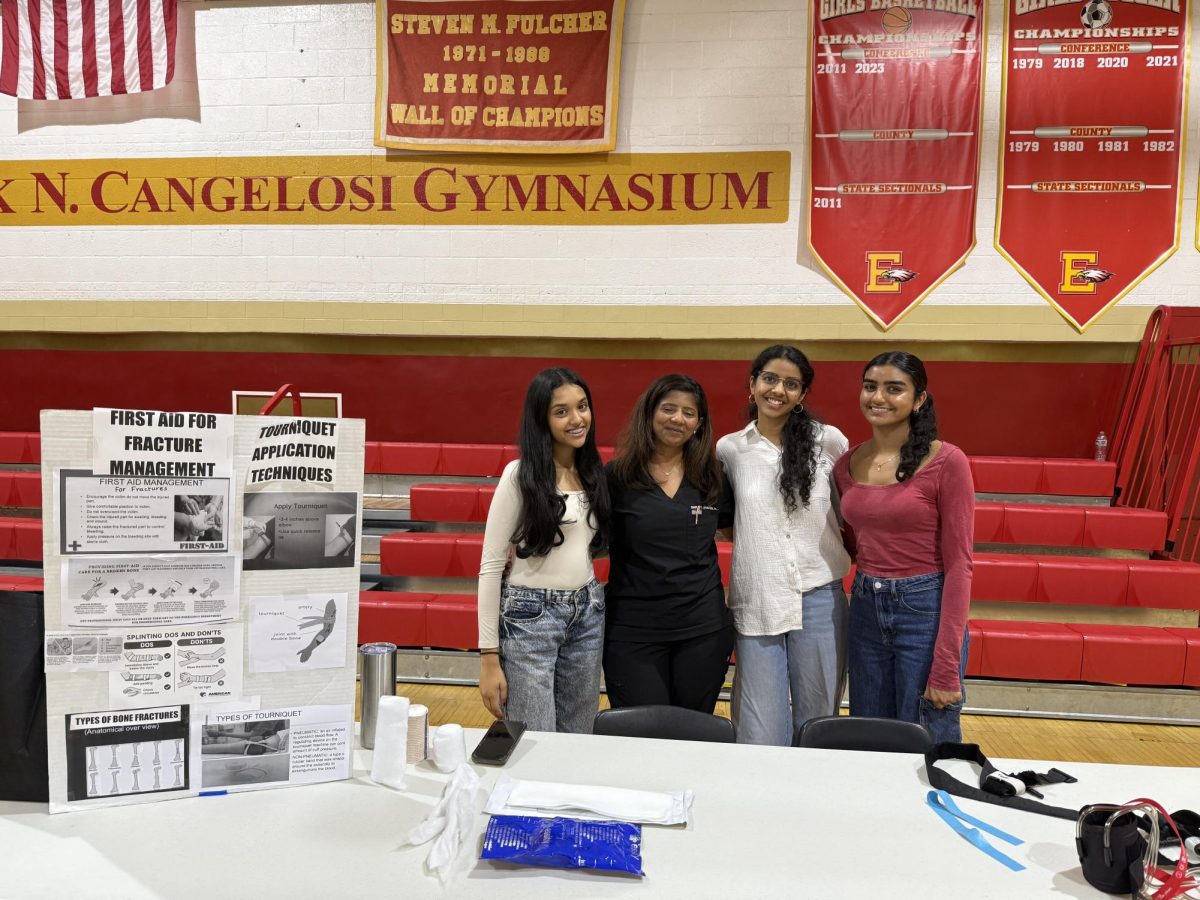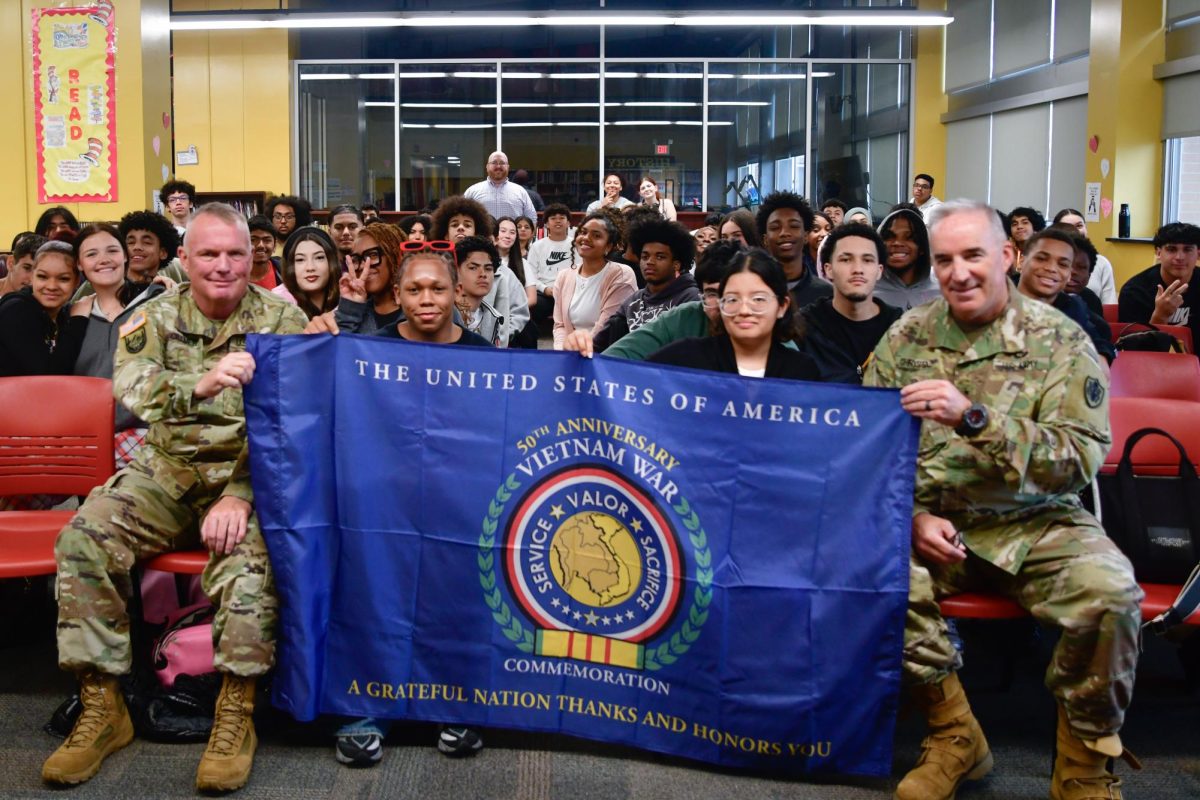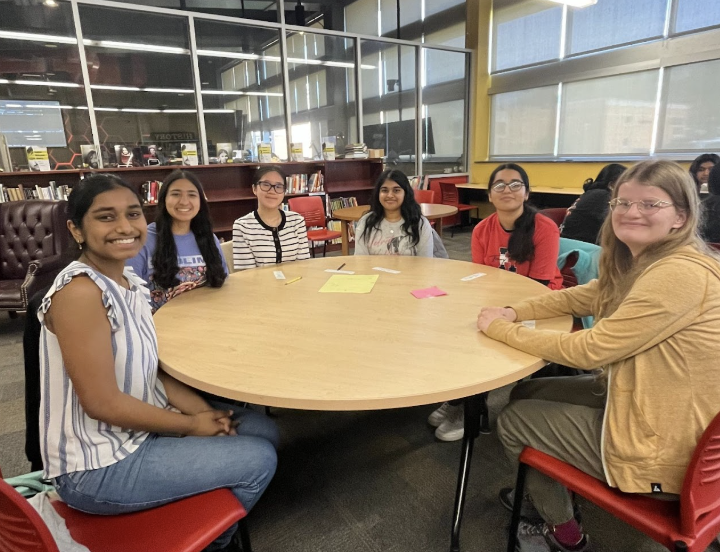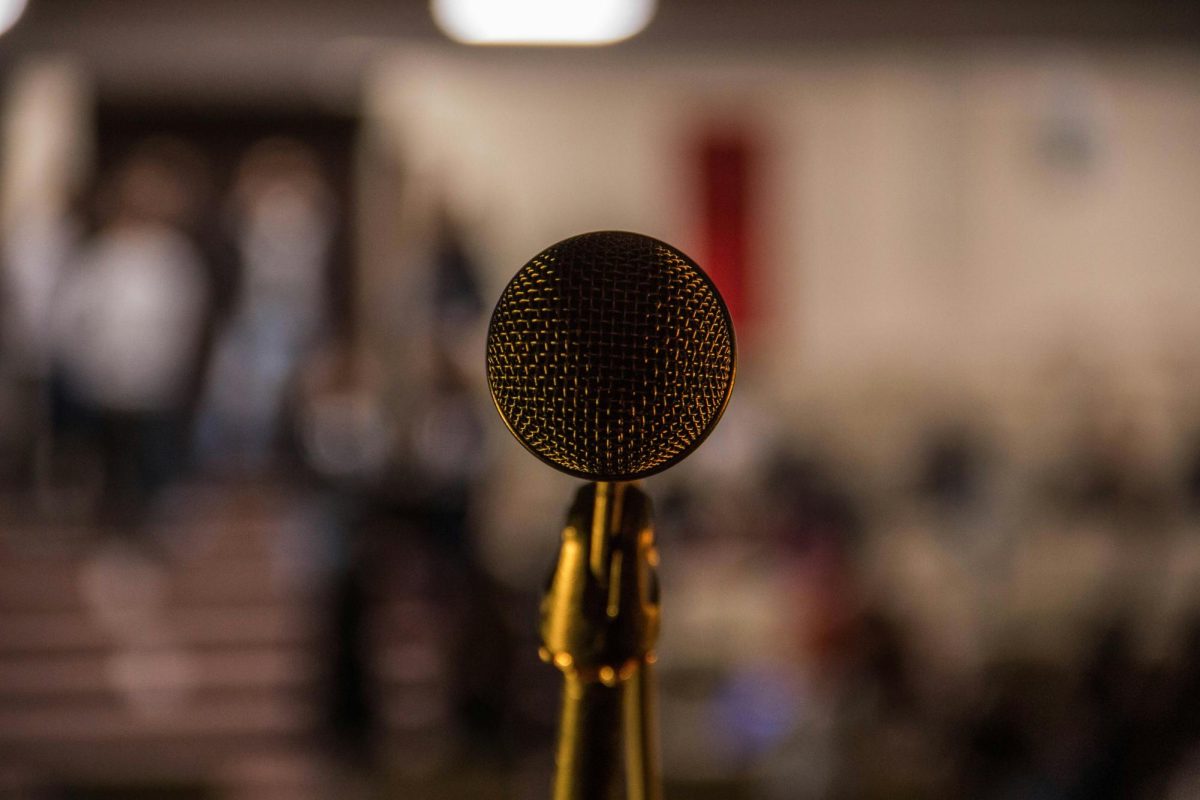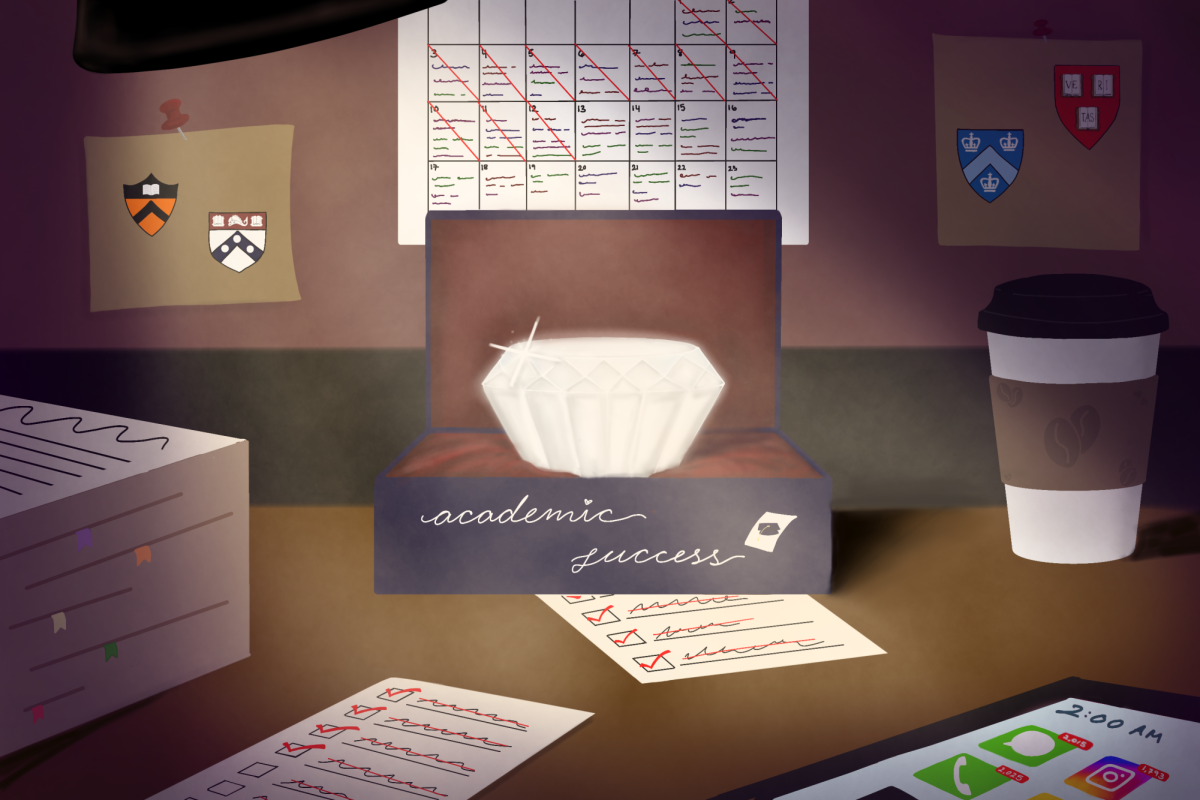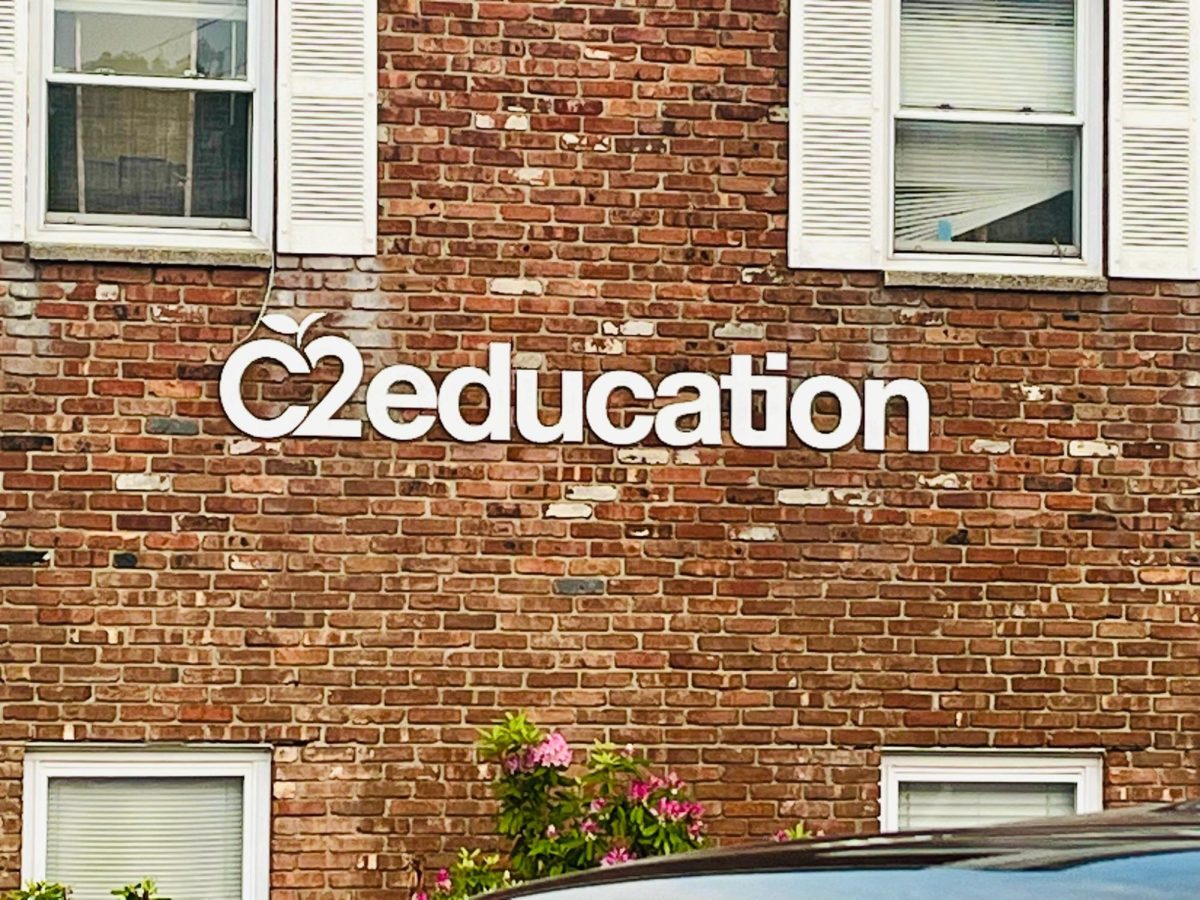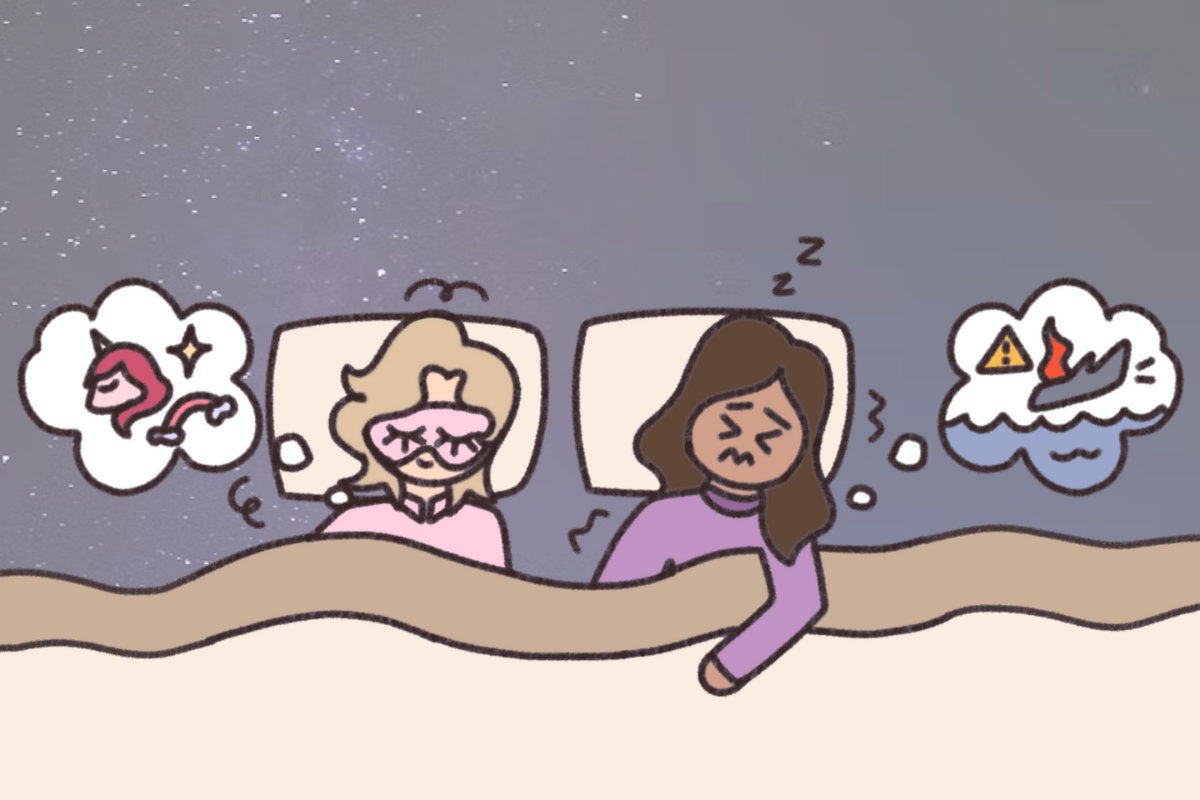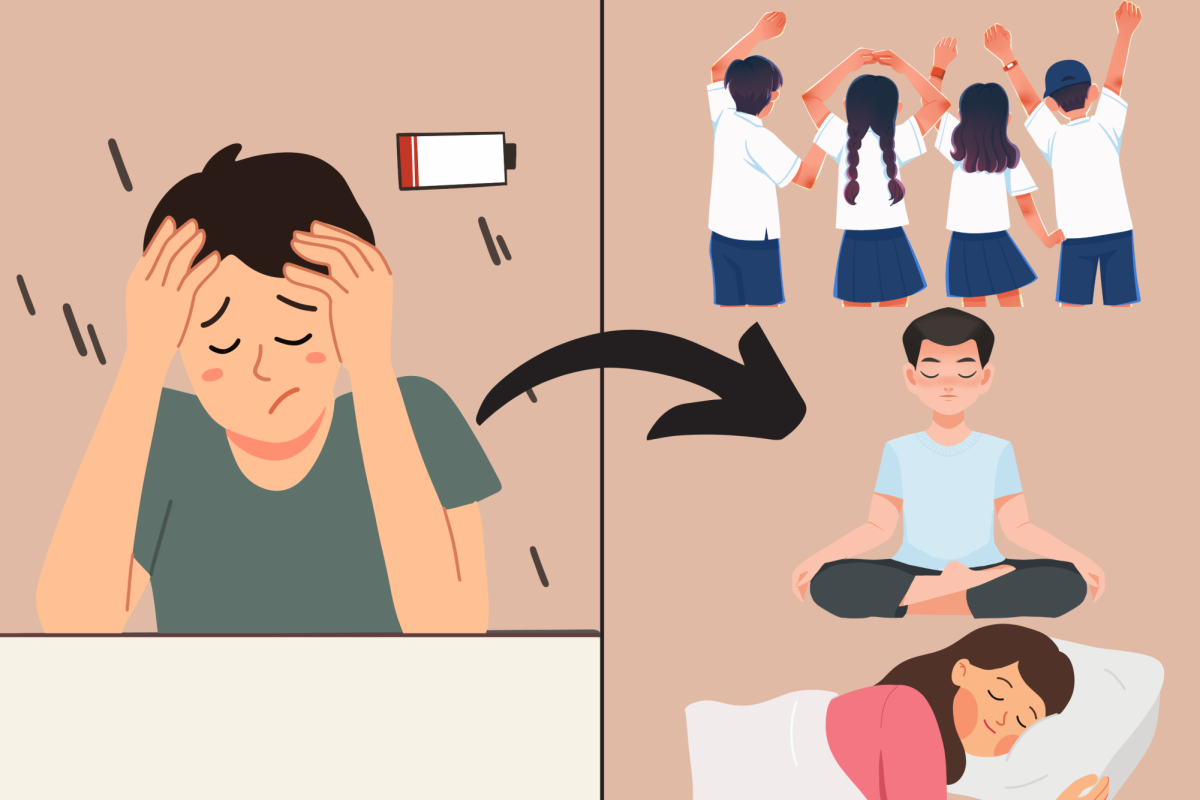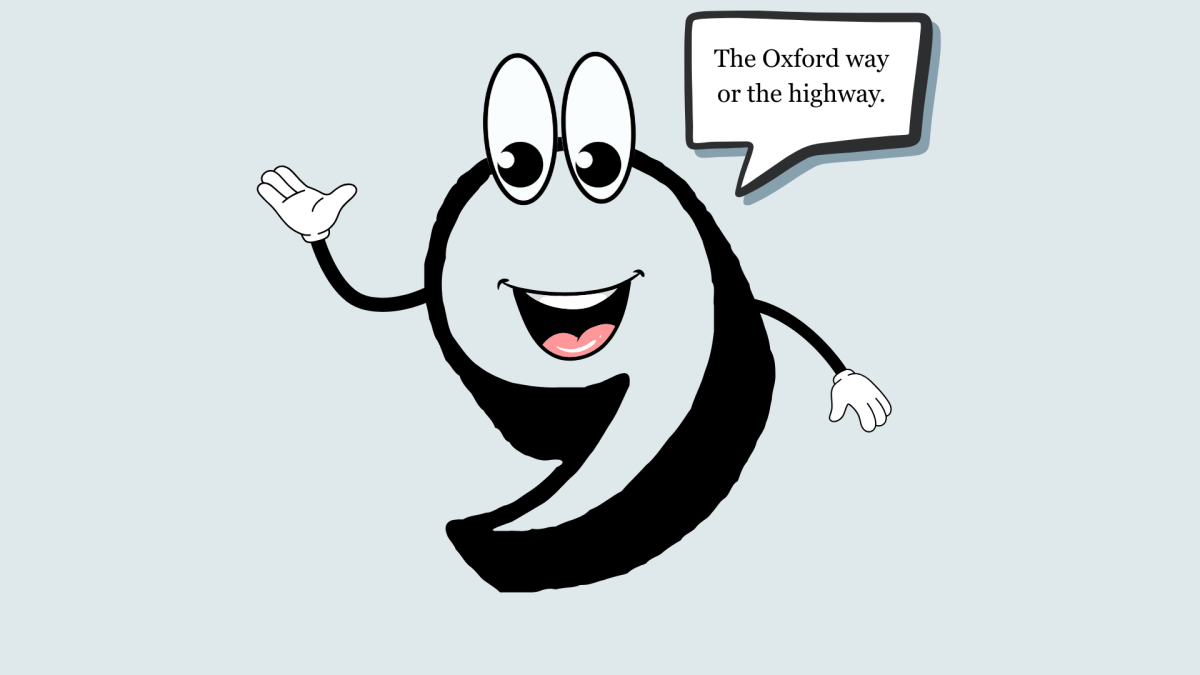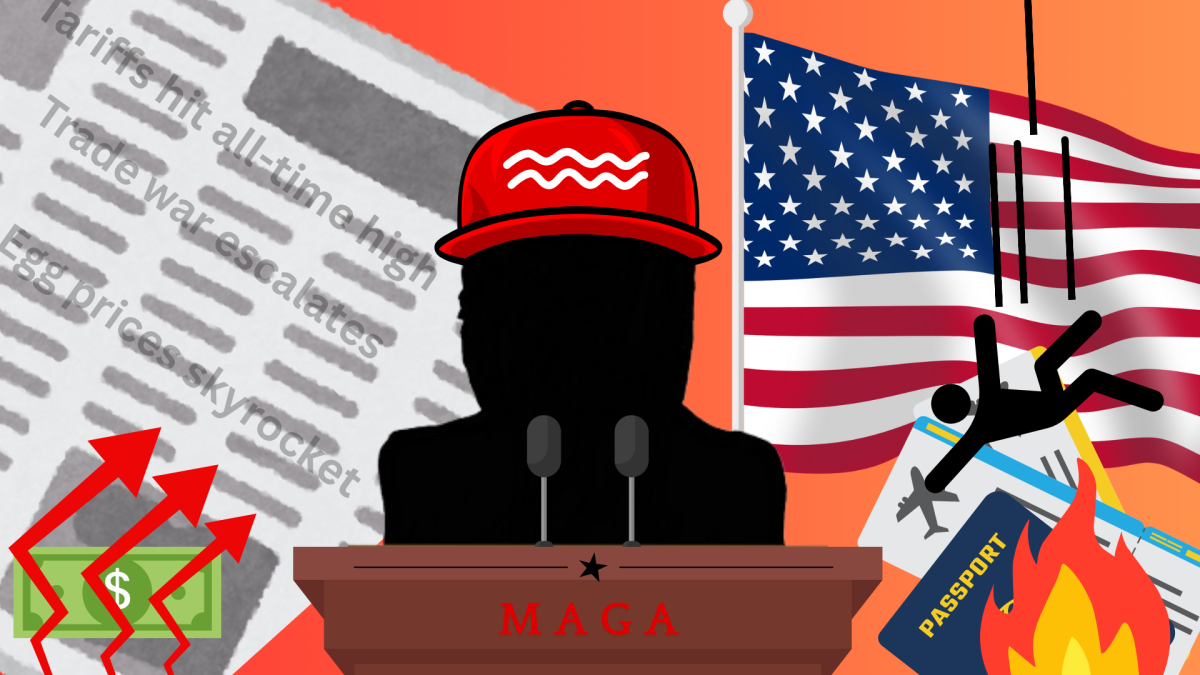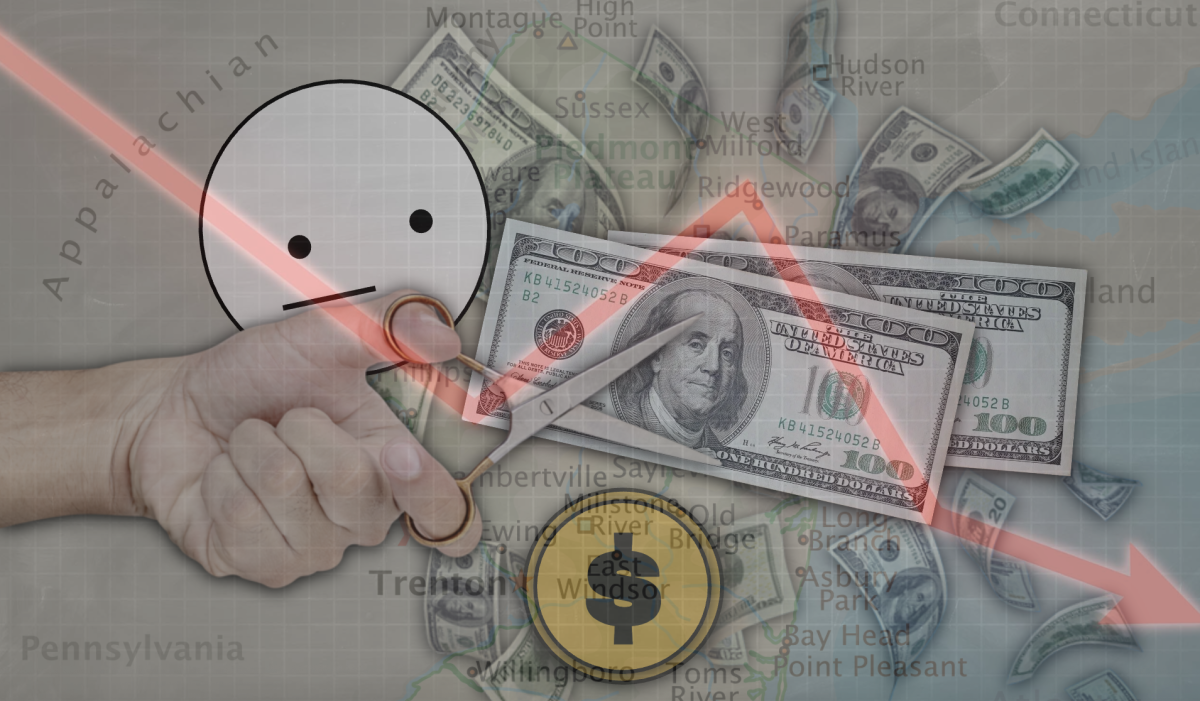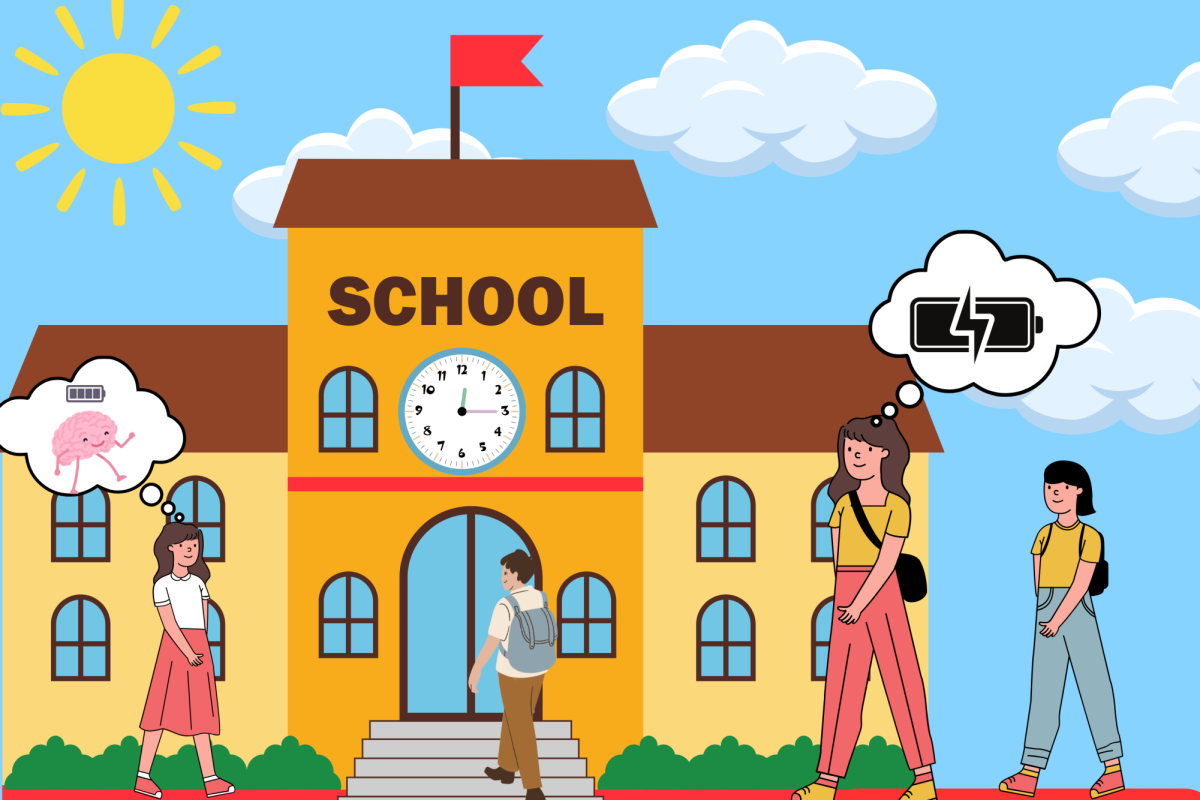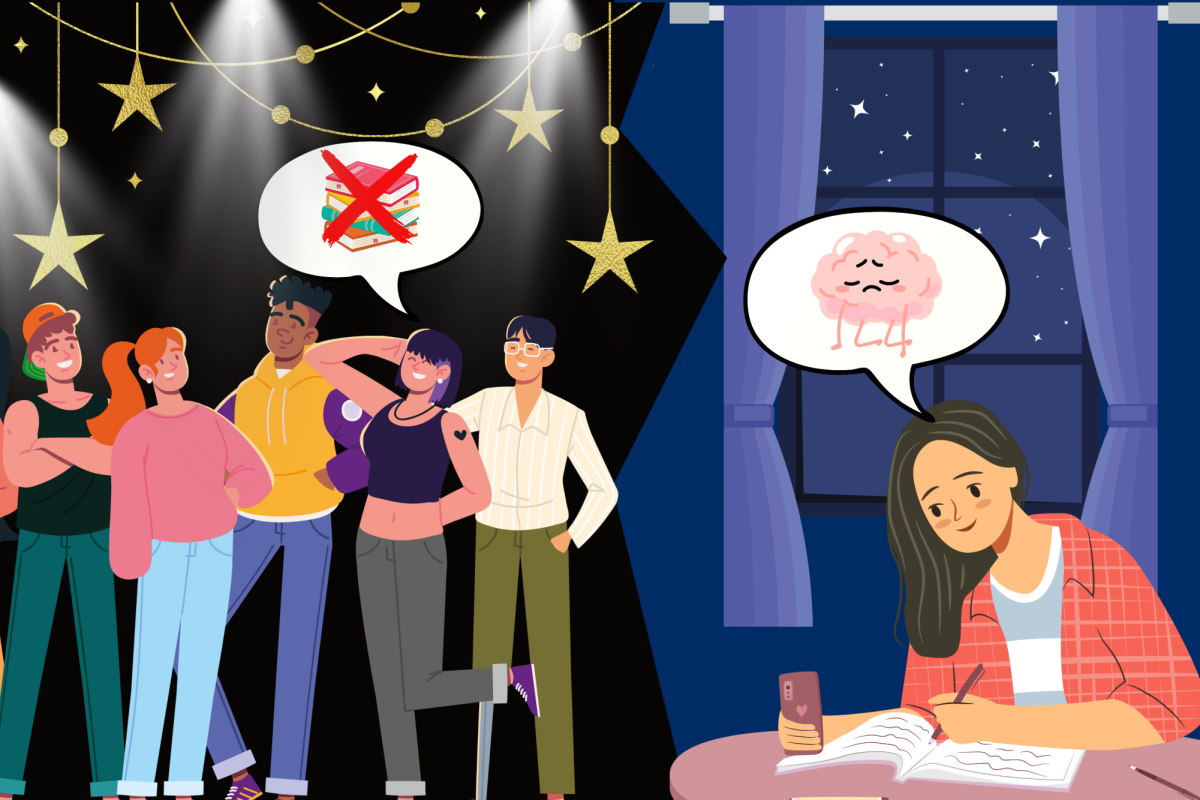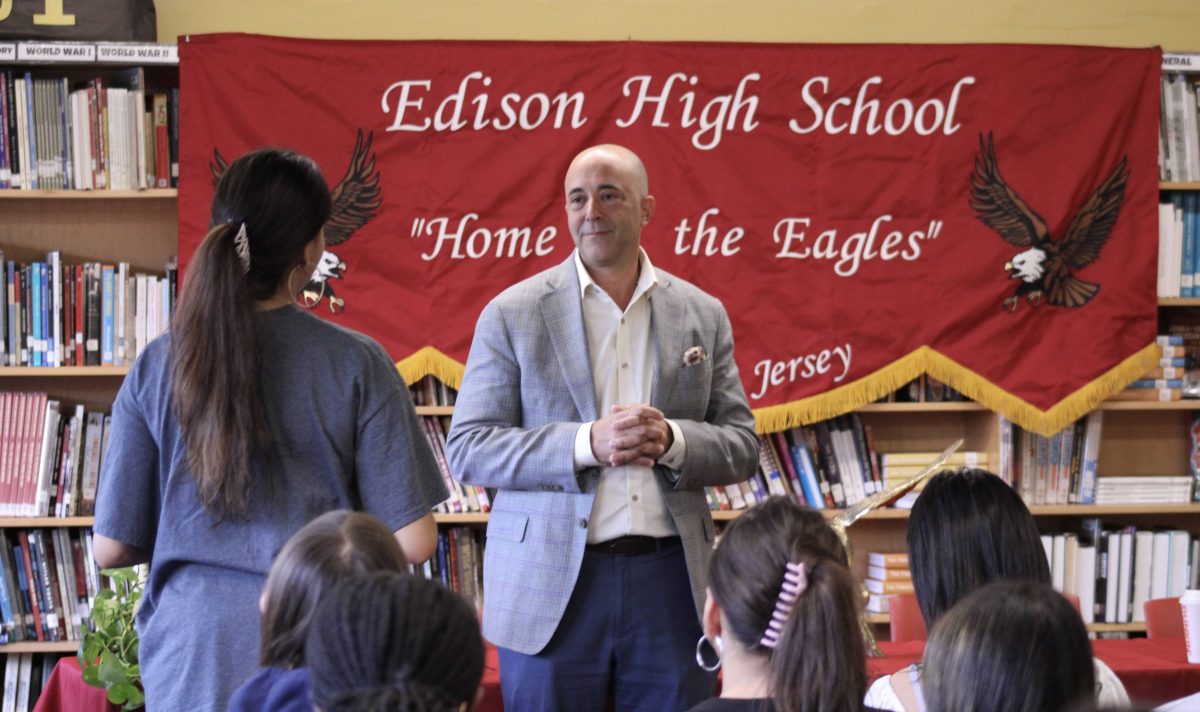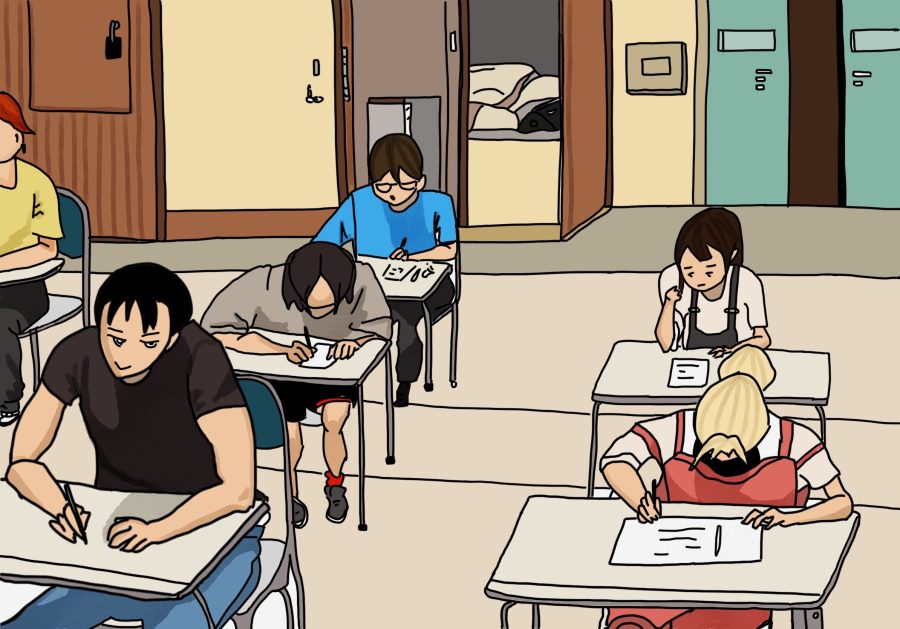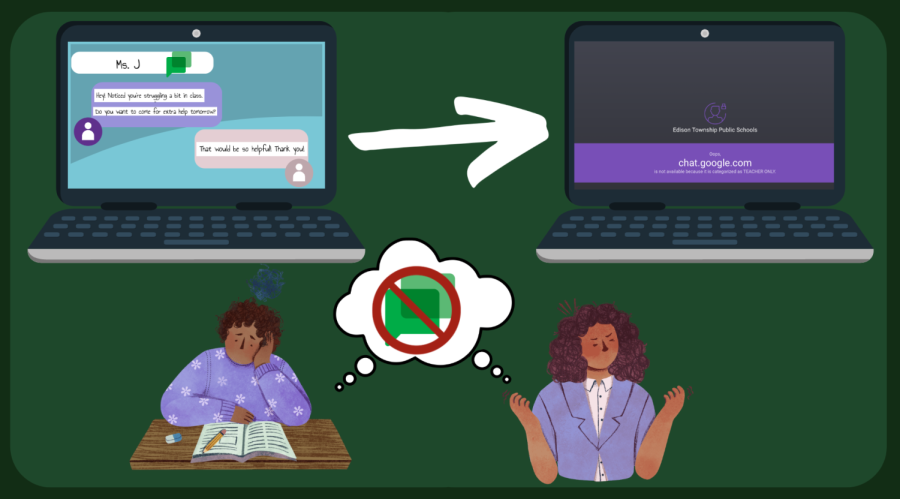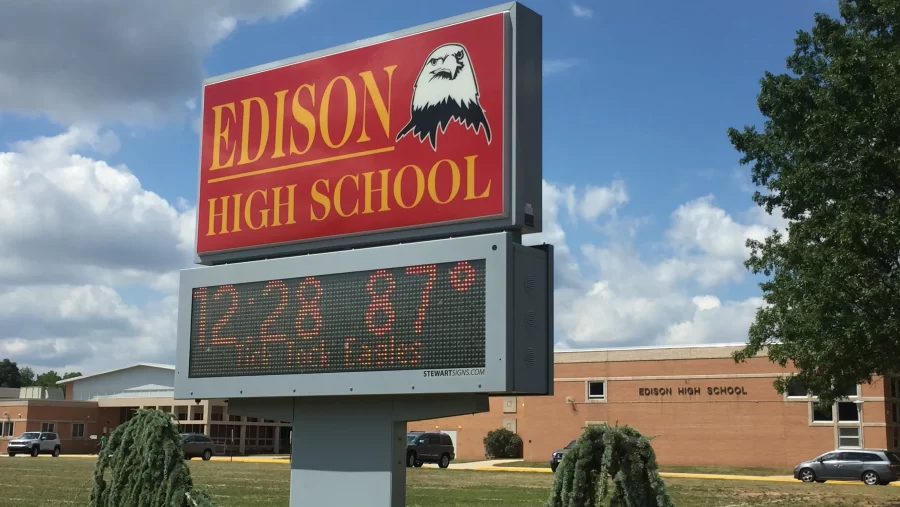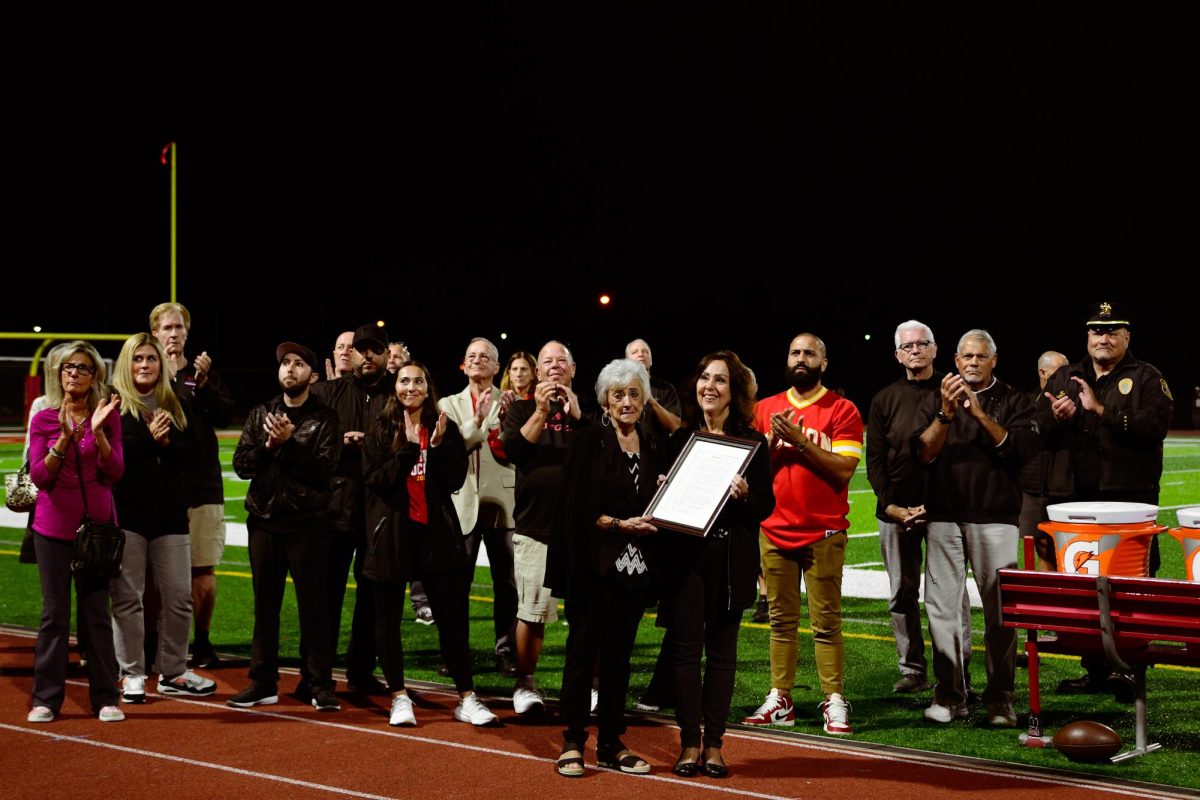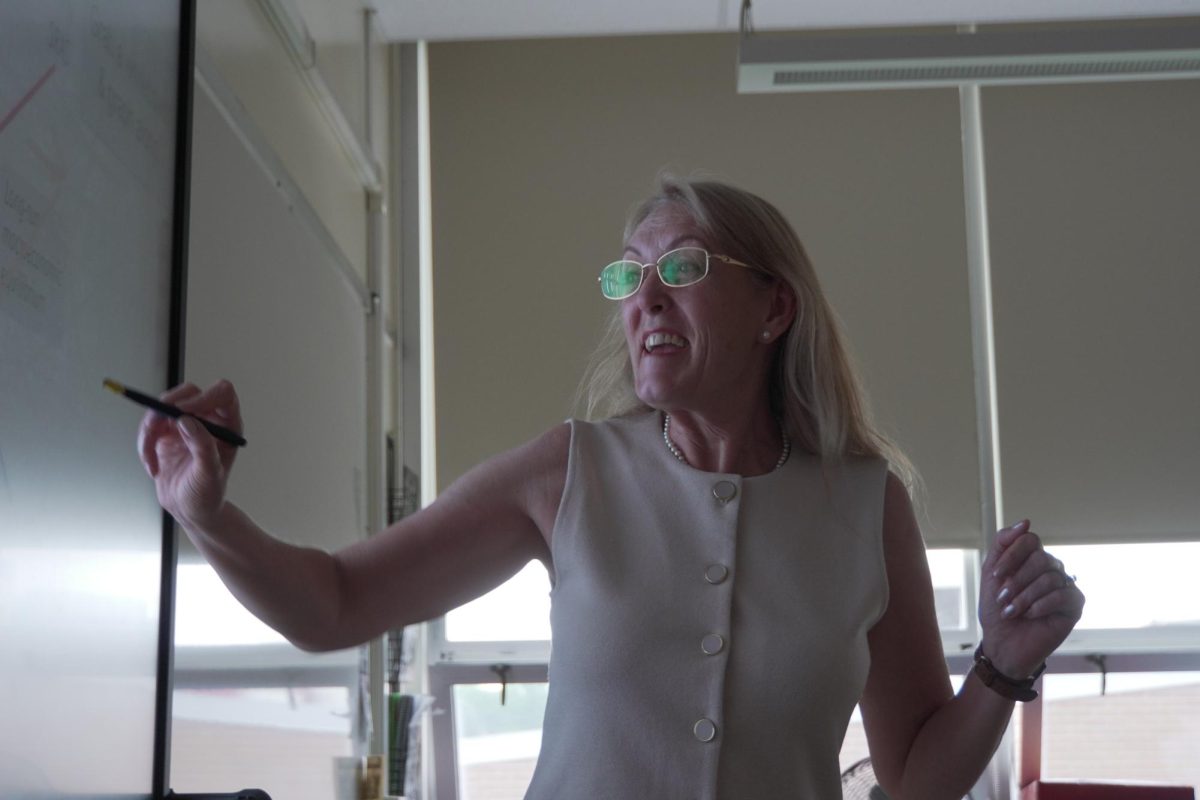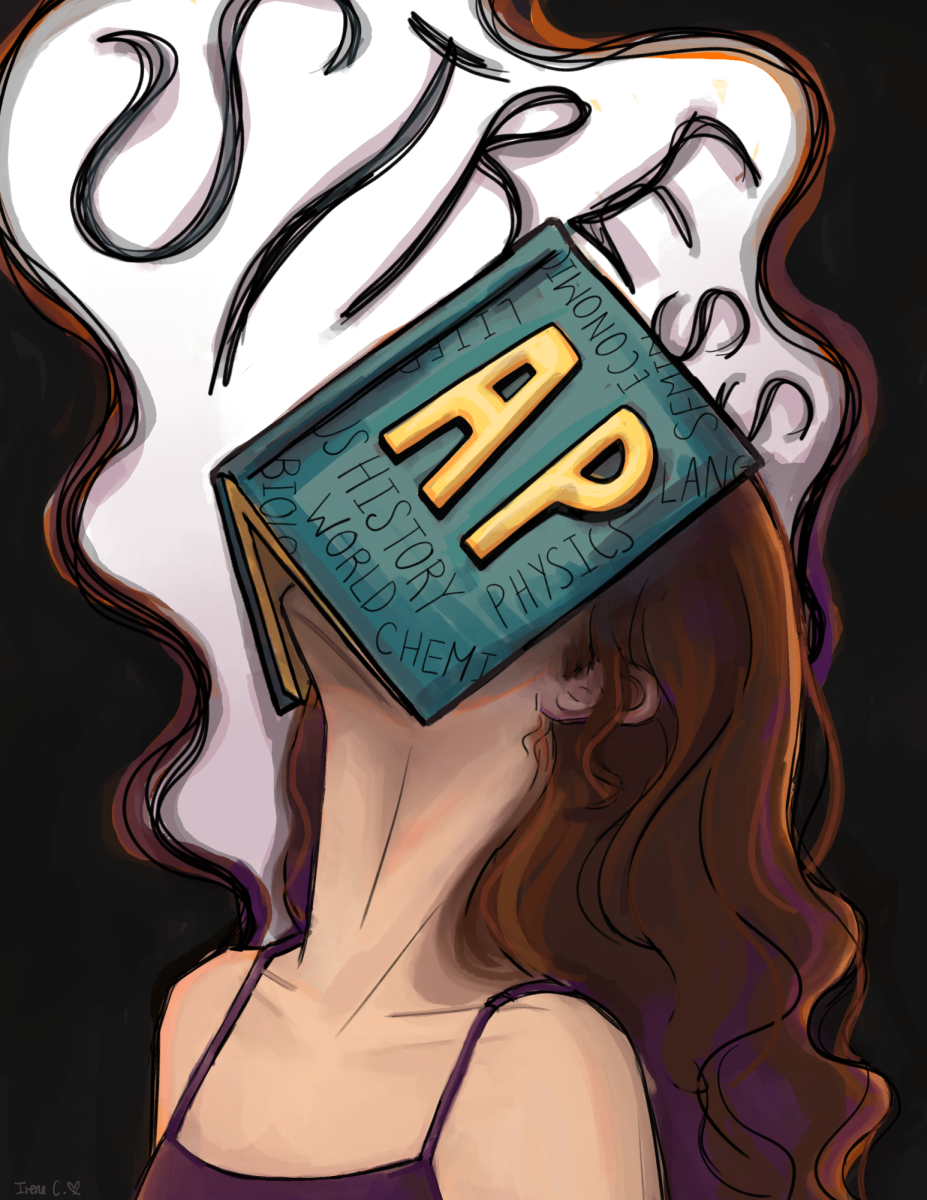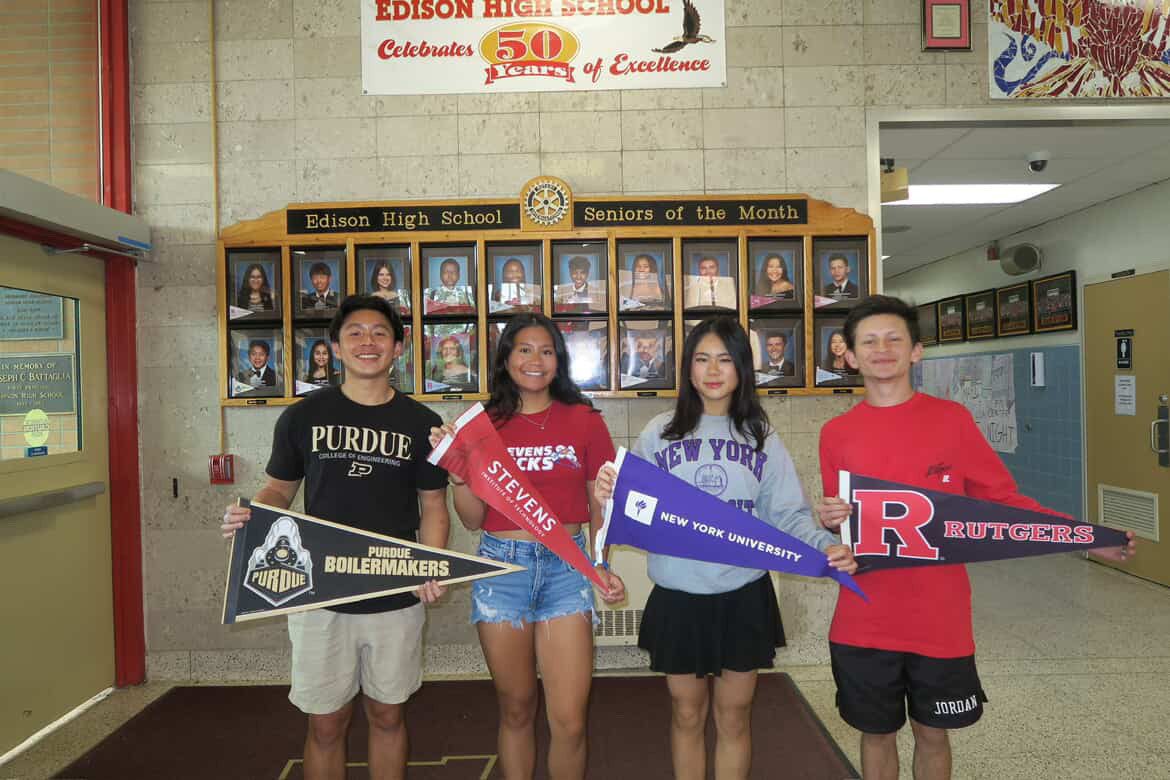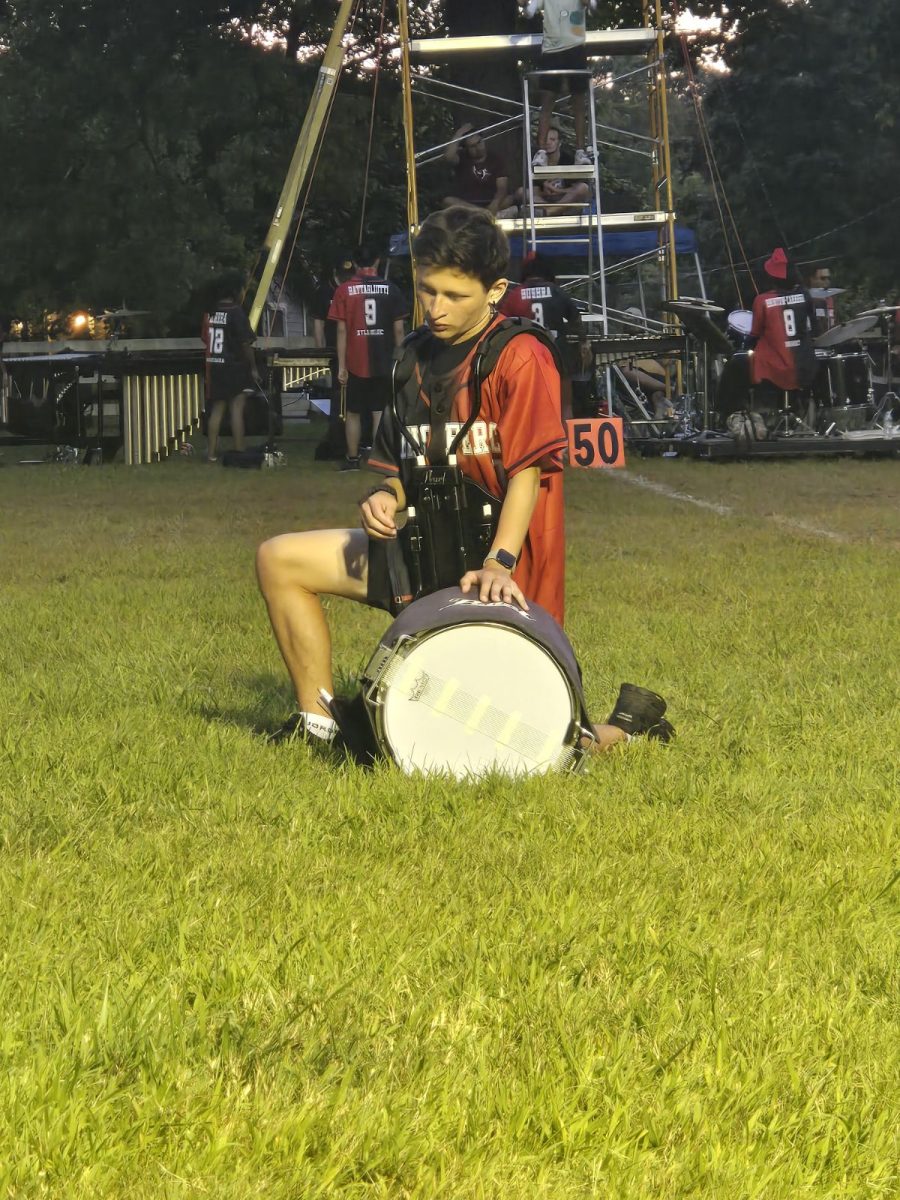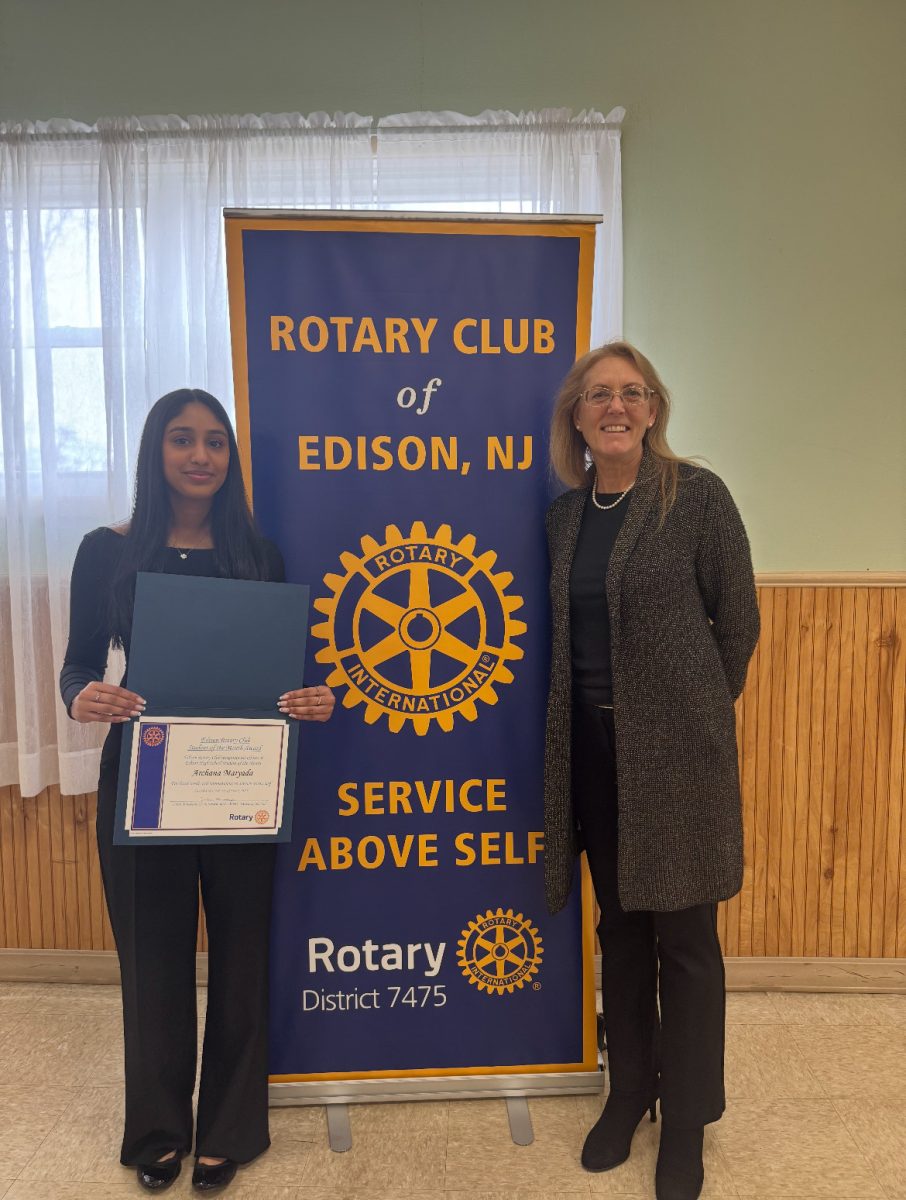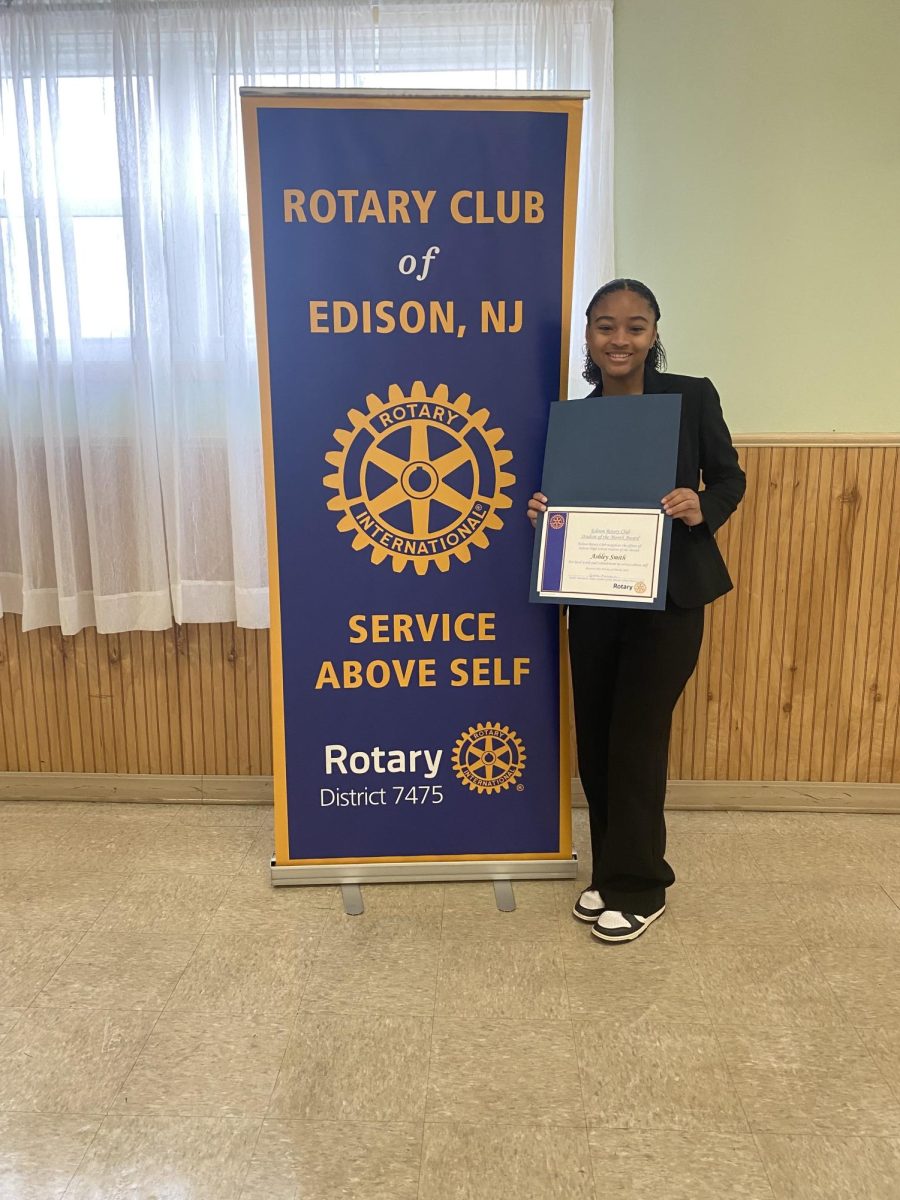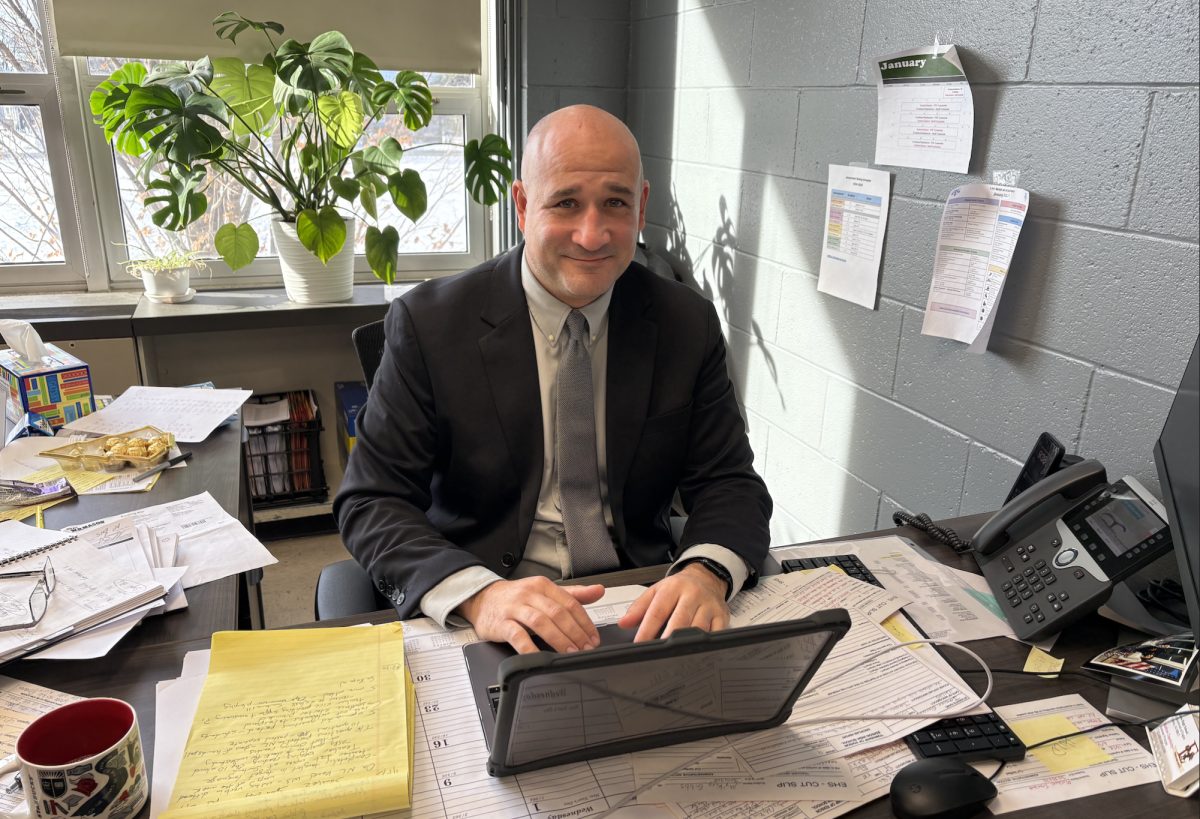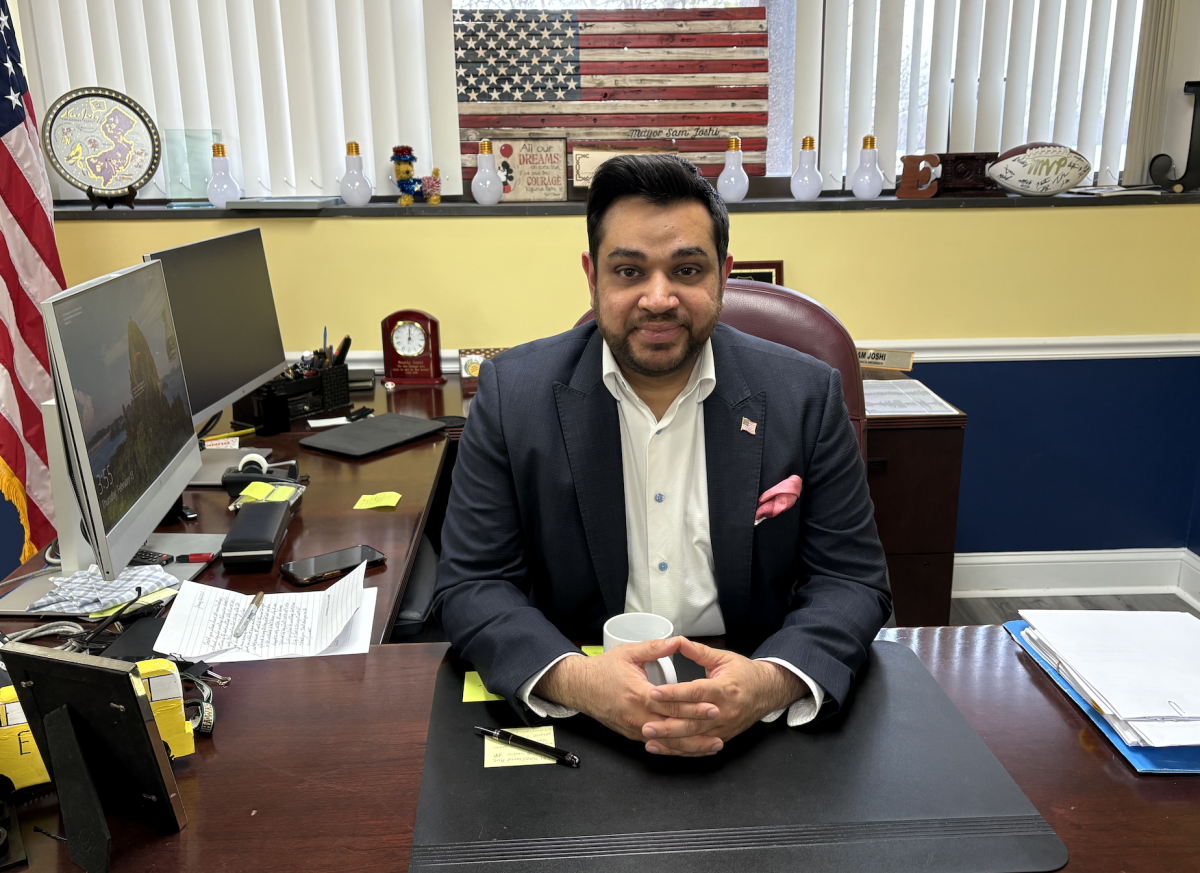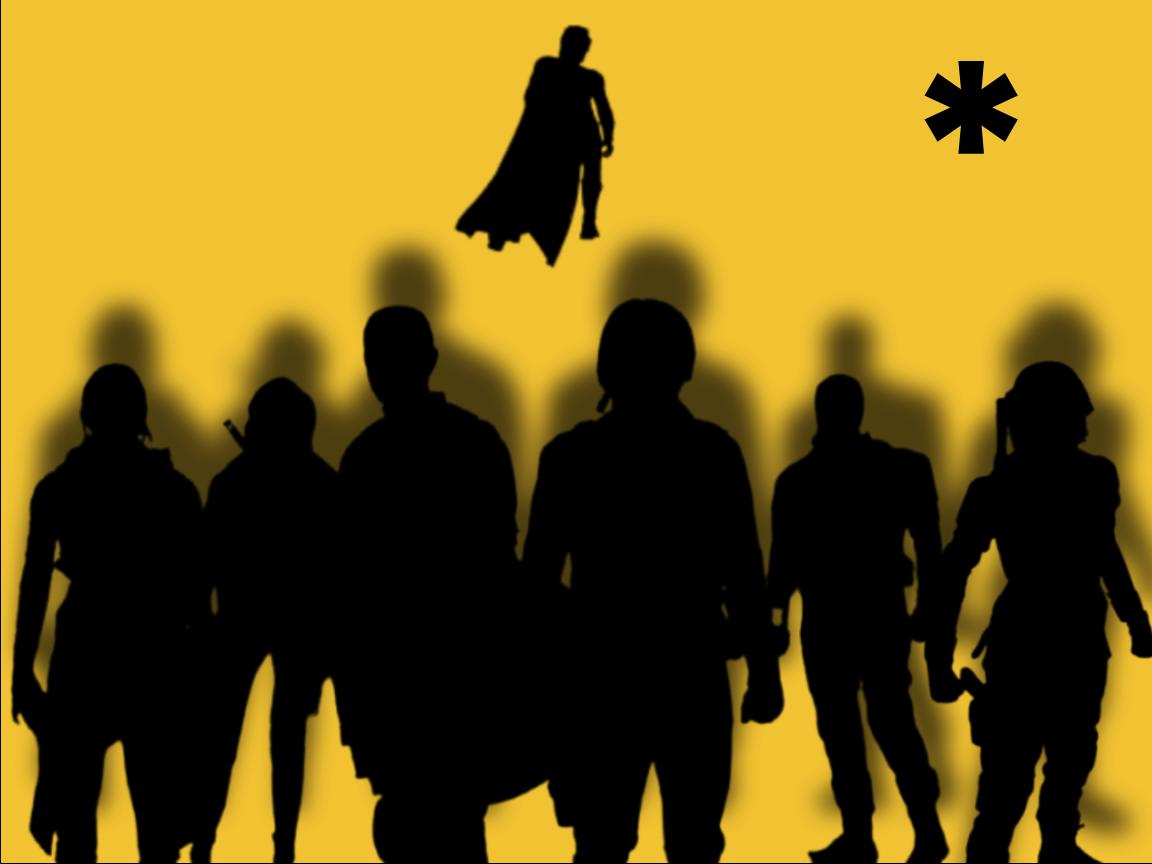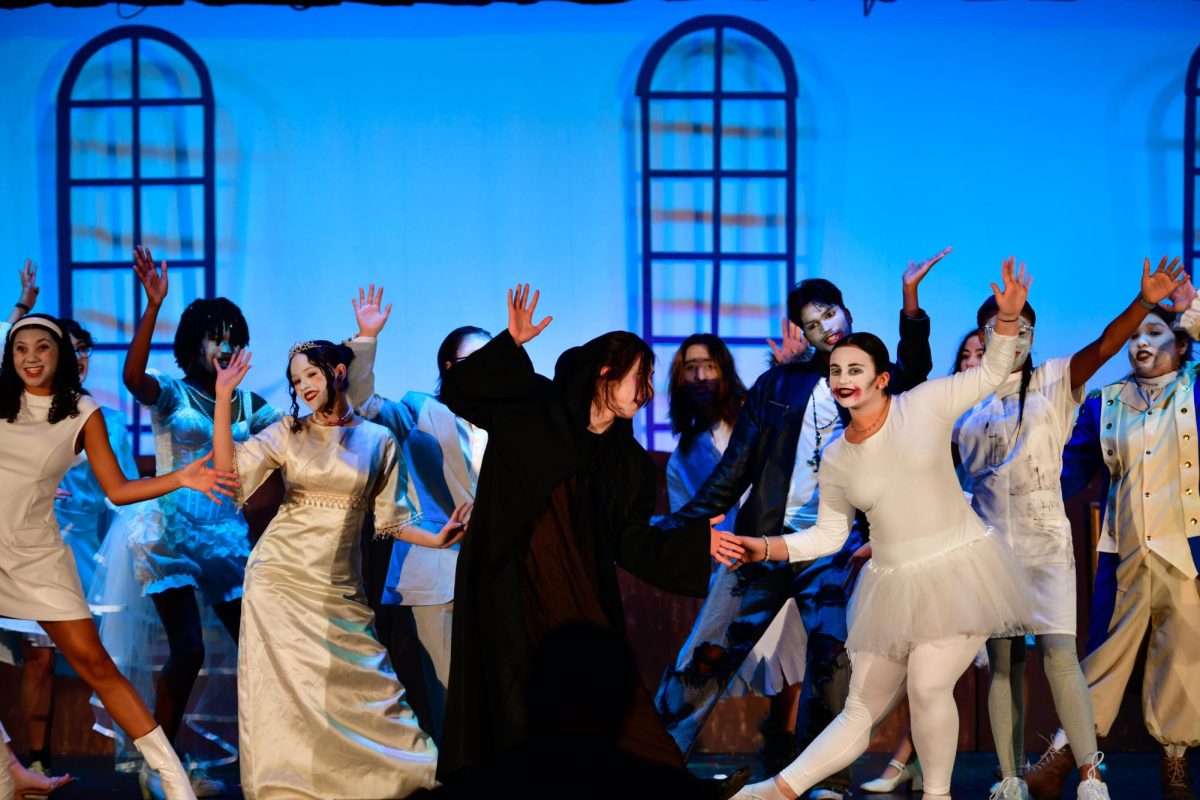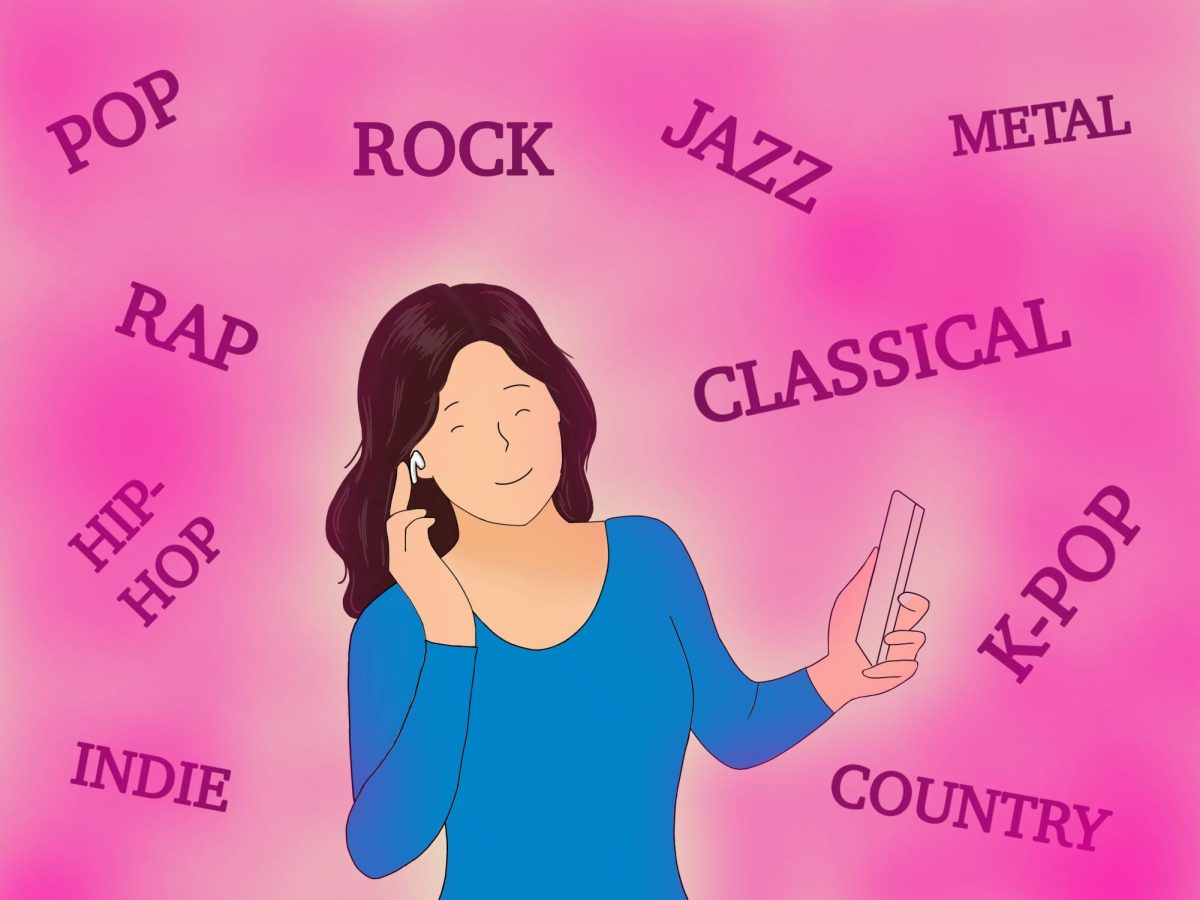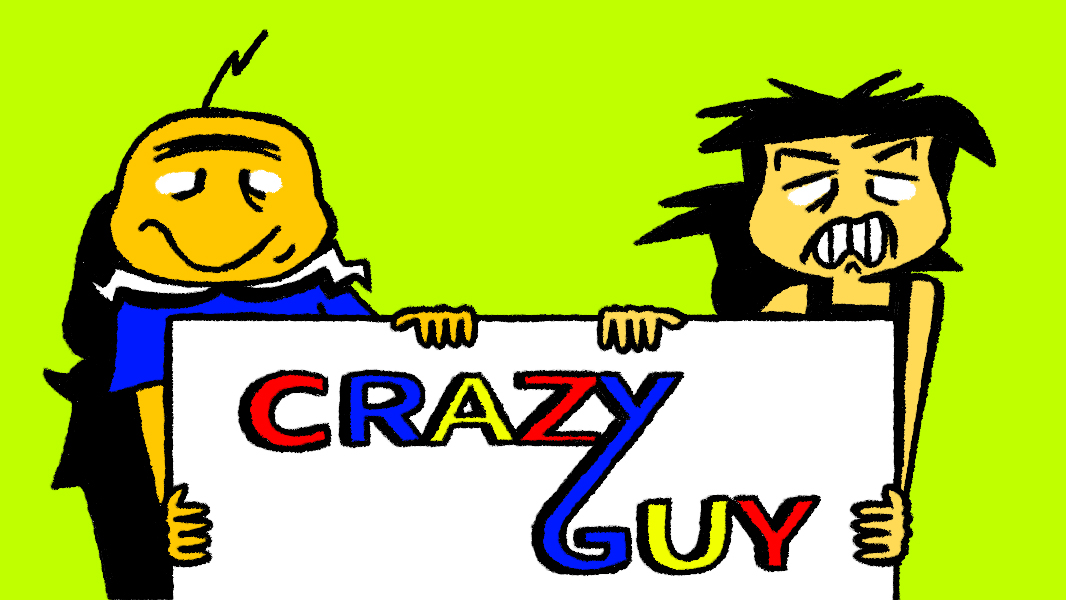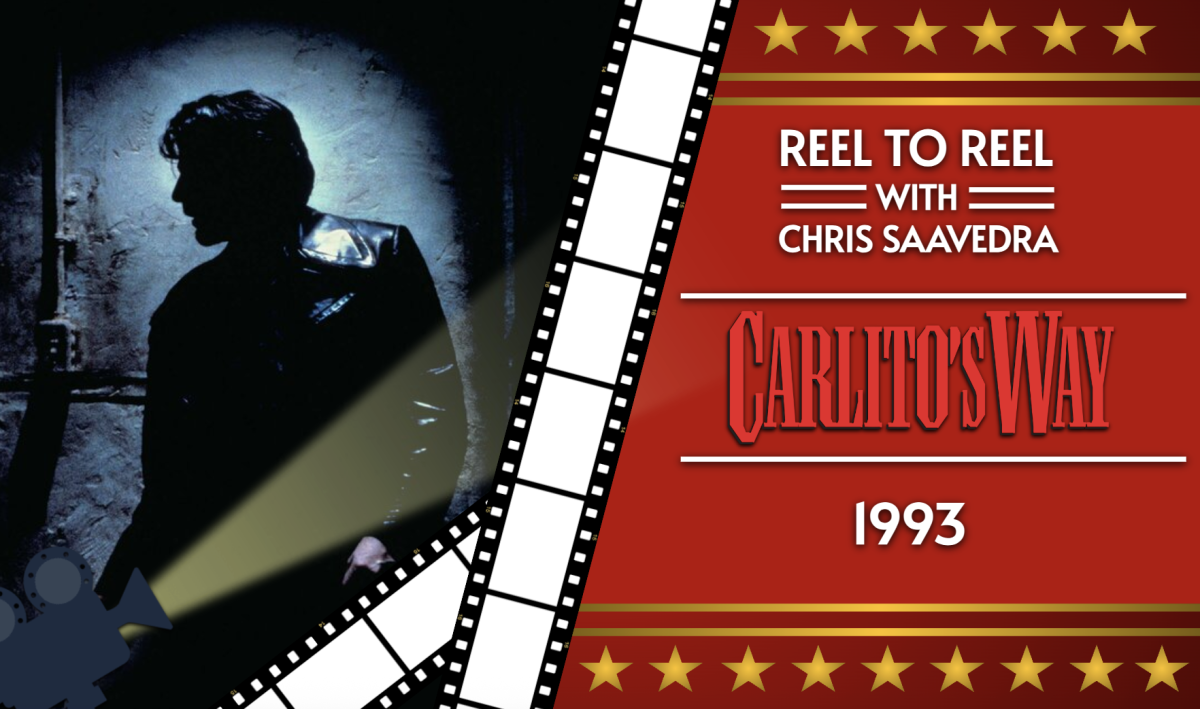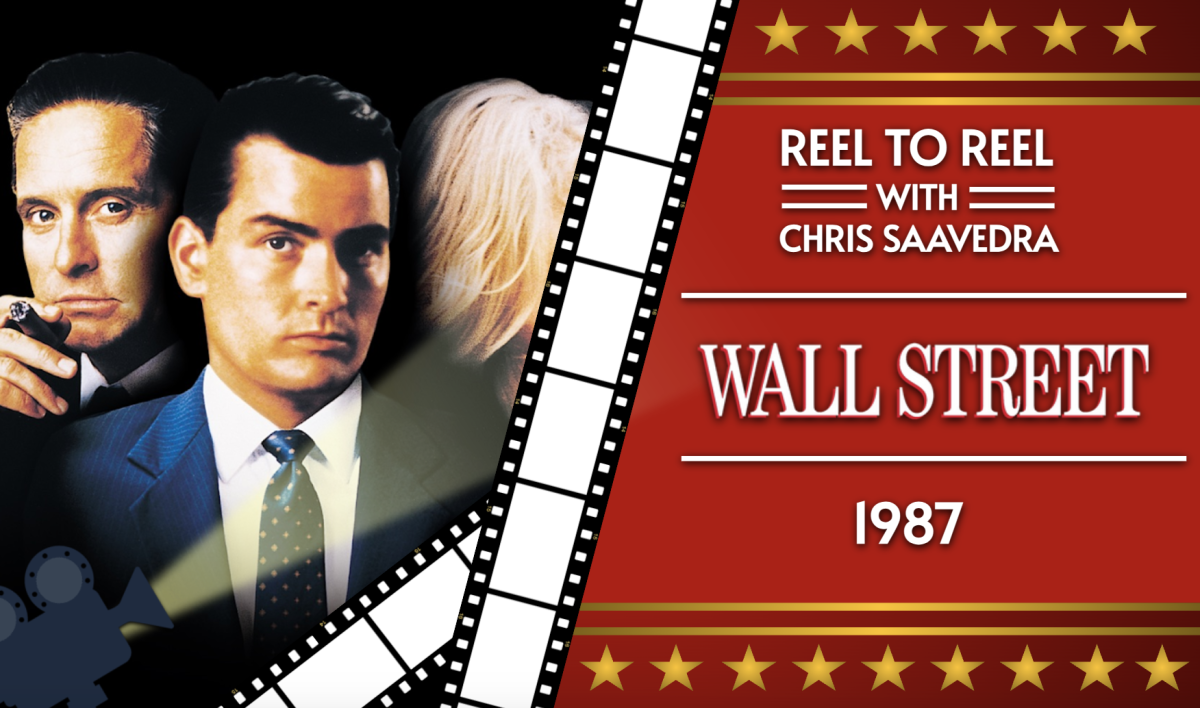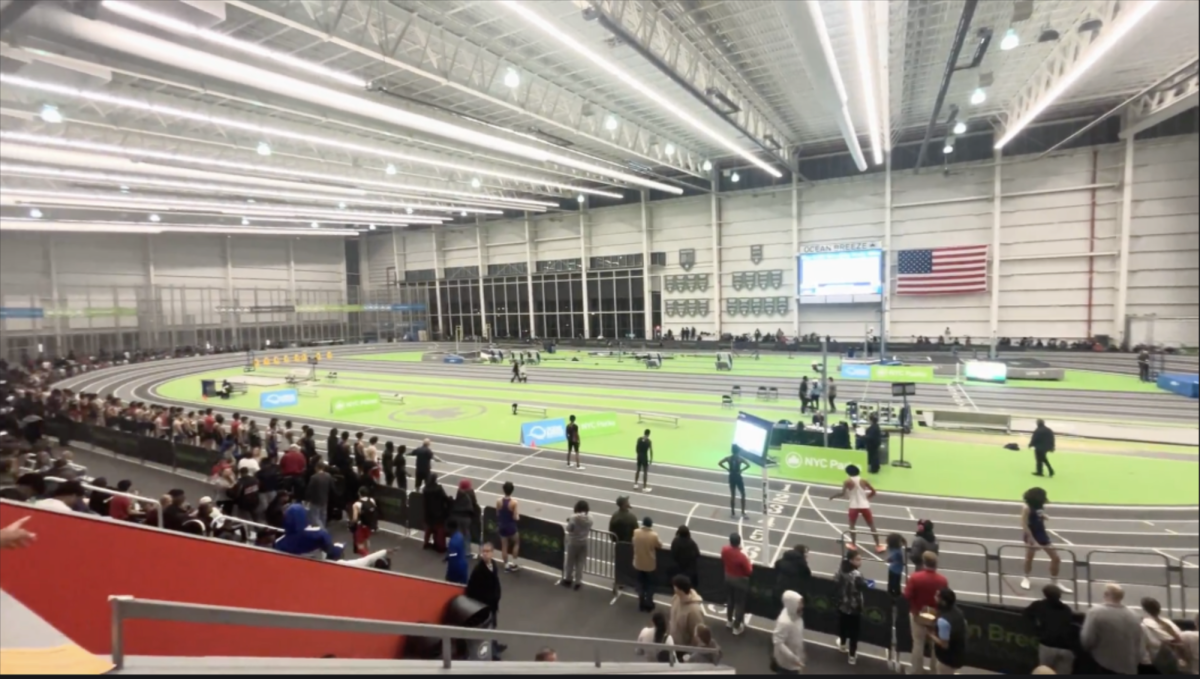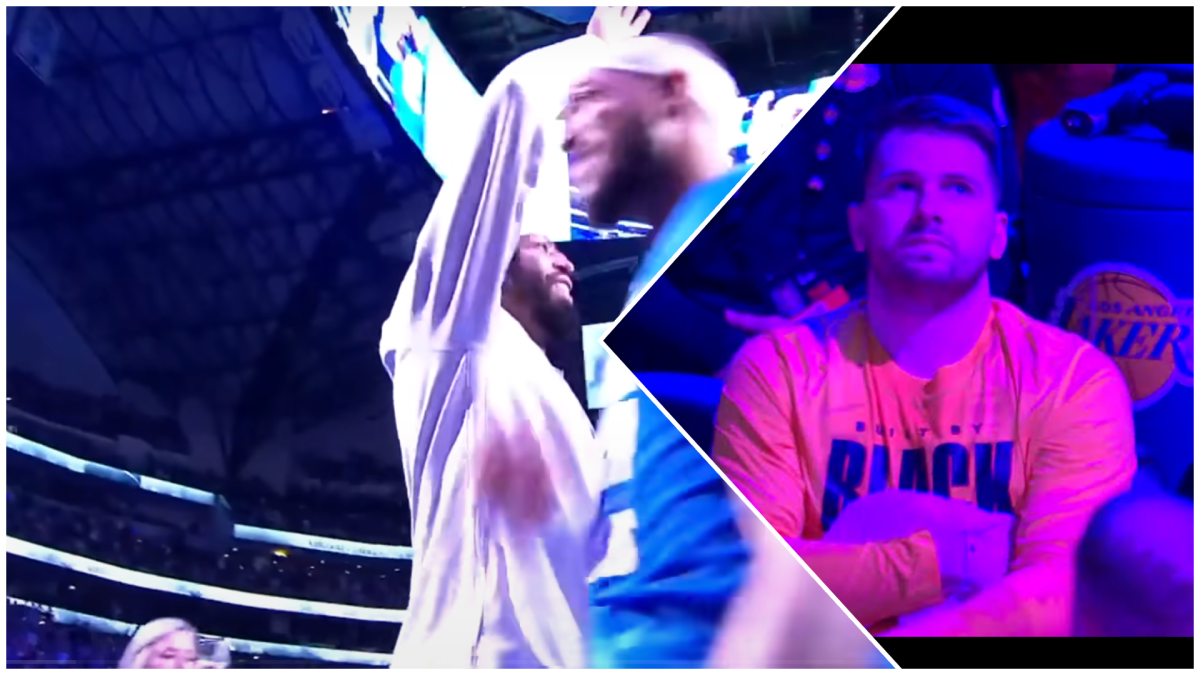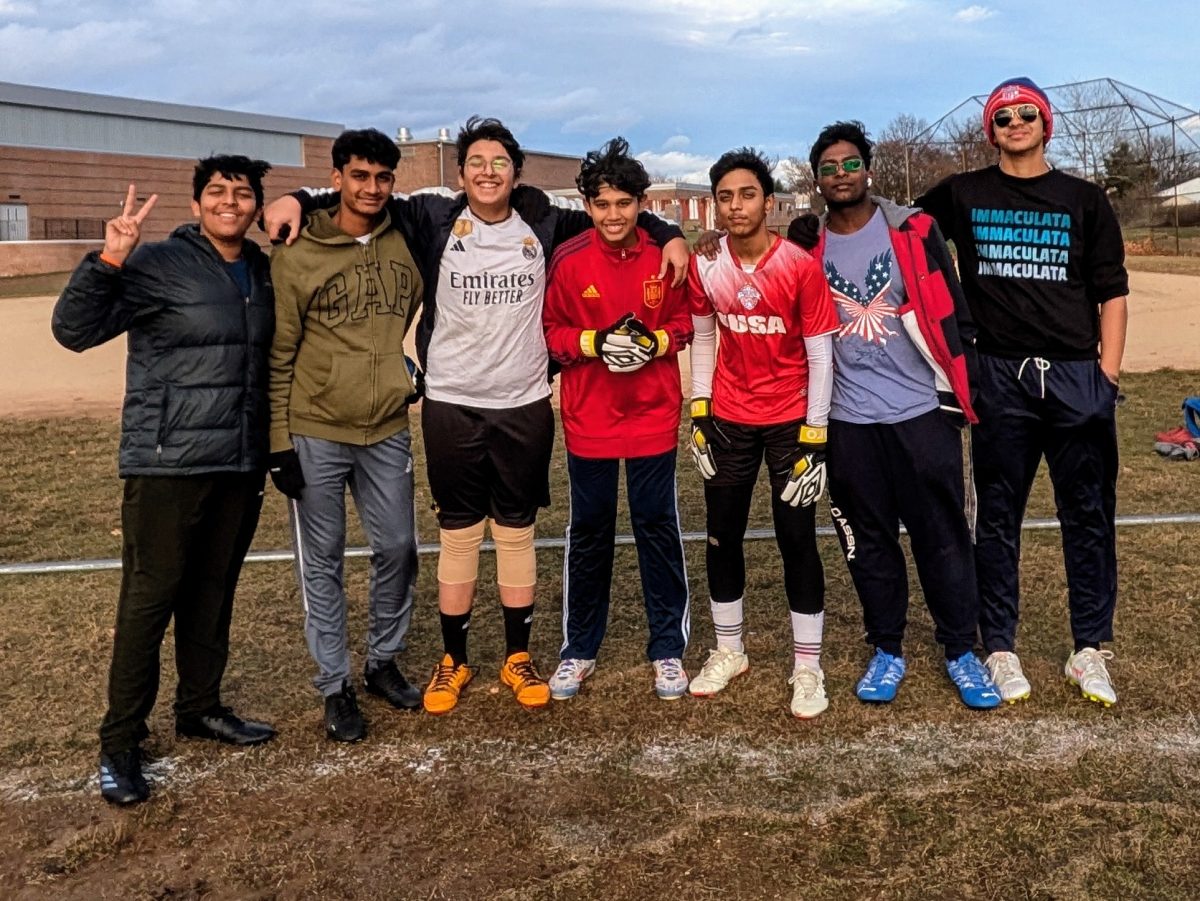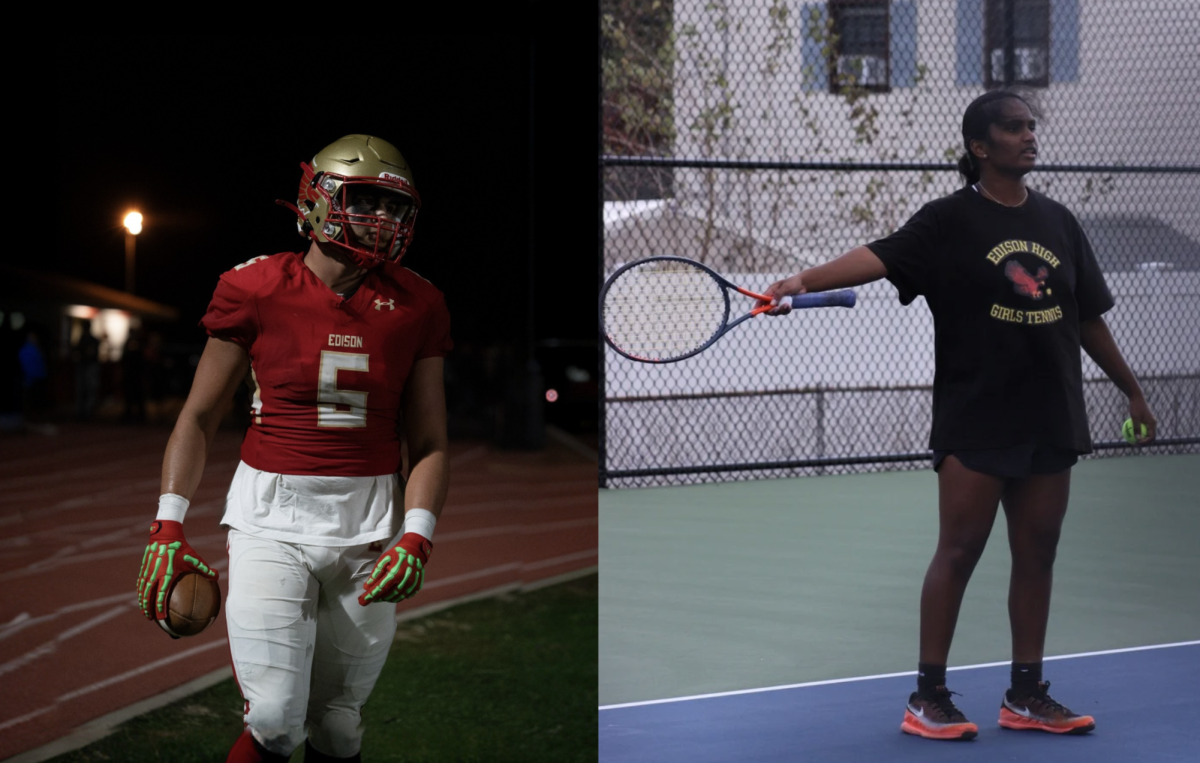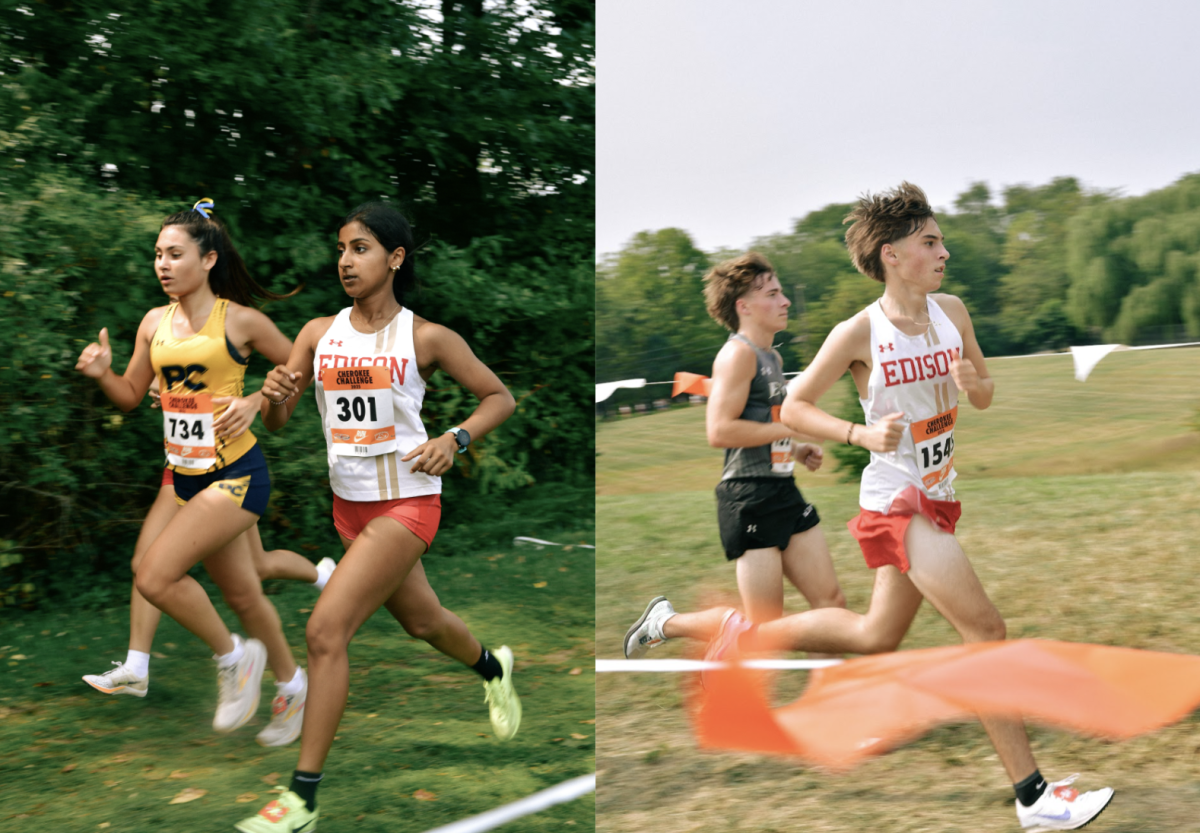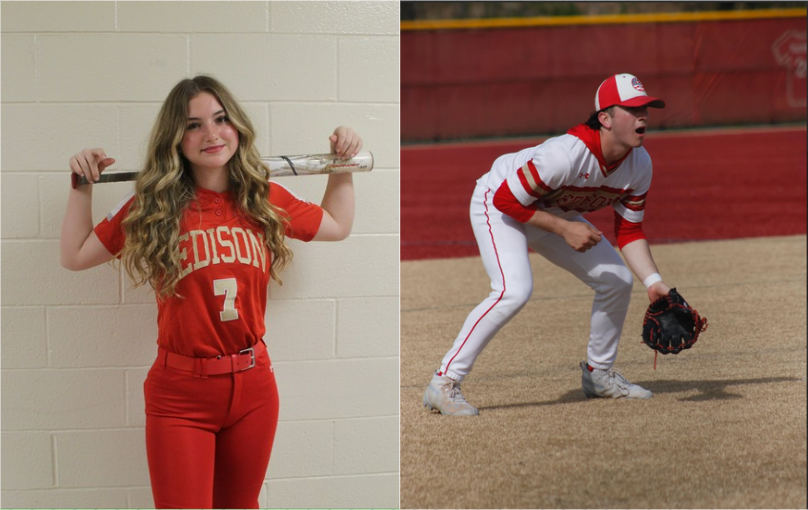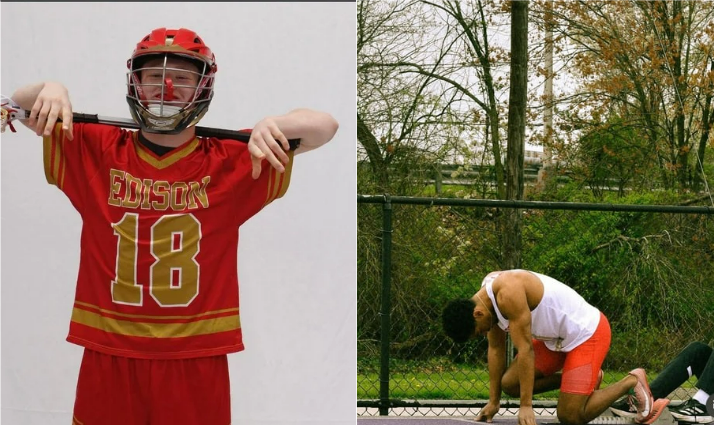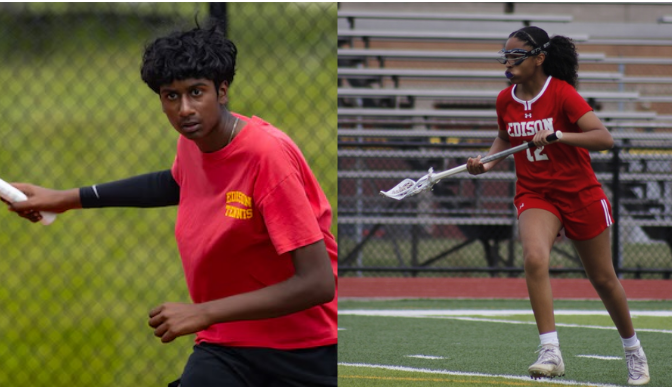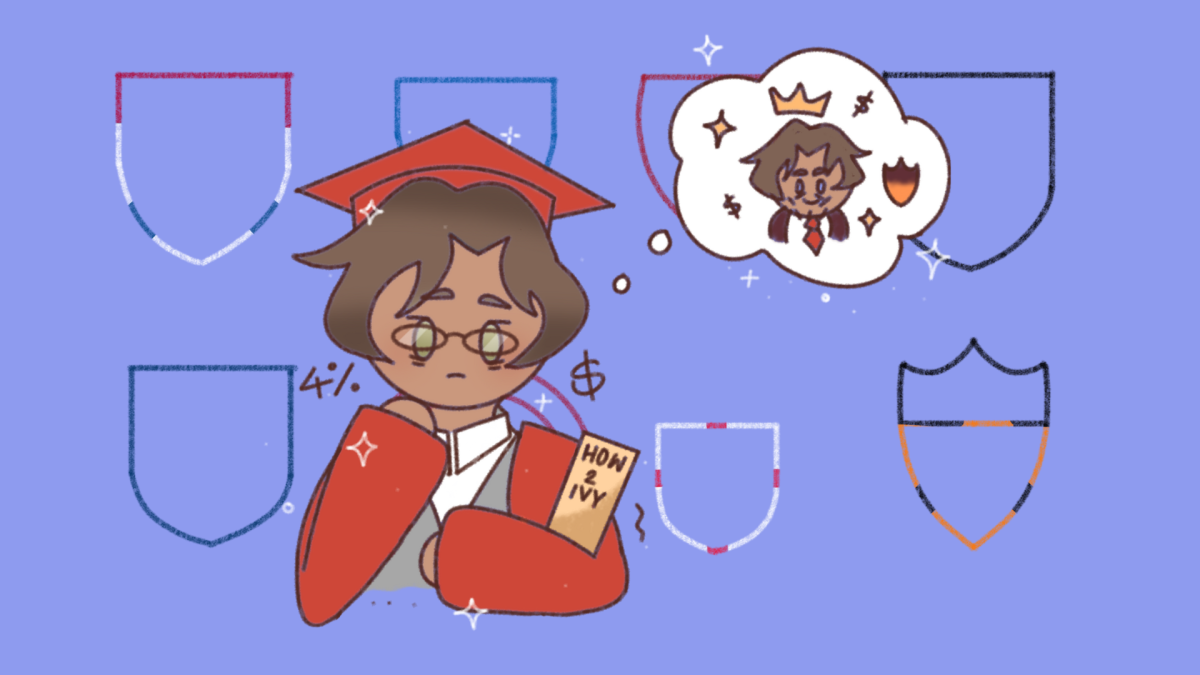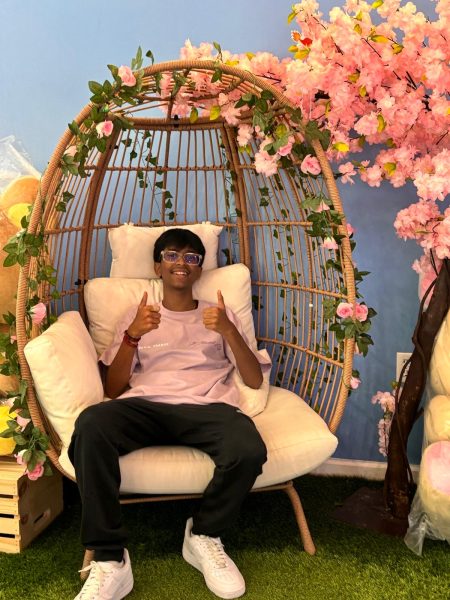Many high school students associate their futures with two words: college and career. Oftentimes, college results in a job, leading to many high school students spending the bulk of their time striving to achieve what looms as the pinnacle of American success: admission into an Ivy League University. In fact, 15-20% of people in the most dominant industries (medicine, law, and engineering) have an Ivy League education. The Ivy’s eight prestigious universities–Brown, Columbia, Cornell, Dartmouth, Harvard, Princeton, UPenn, and Yale—, are synonymous with success and reputation. This notion, however, is laden with overpromotion and inflated respect.
First, these universities possess absurdly high tuition fees. Oftentimes, the cost is masked by the fact that the college is prestigious, but many students don’t come close to the financial threshold to attend the university even if they do make it in. IvyCoach, a web page made by college admission consultants, explicitly illustrates the unreasonable prices for each Ivy League. With the cheapest college coming in at over $85,000 per year in fees ($350,000 for a bachelor’s degree), one can easily see the costs that every Ivy League student has to deal with.
One may argue that EHS students can consider the Ivy League with a lower tuition, though. Although this statement is a possibility, the difficulty of getting into this school is way too high to rely on. One of the most prestigious Ivy League universities, Princeton University offers countless in-state benefits such as healthcare, counseling, and financial aid. Compared to other universities, Princeton offers extremely generous scholarships, giving in-state students large grants that students don’t have to pay back.
Despite this opportunity, the acceptance rate for Princeton gets lower and lower every year. According to Top Tier Admissions, a site made by dozens of people skilled in the industry, Princeton accepted under 4% of its applicants in the fall of 2024. On top of this, they don’t, given that they are a private university, consider applicants from in-state as any more desirable.
Not only are the fees for attending an Ivy League university through the roof, so is the competition. Every Ivy League school member will give their absolute best to crack the school leaderboard. Along with this, everyone is relatively brilliant and stop at nothing to reach the top. Most of one’s college career in an Ivy League is spent striving to outdo other outstanding students around them. Along with this, peers and professors have exceedingly high expectations. This constant urge to keep up with expectations and competition creates immense pressure and could diminish self-esteem.
This constant mental pressure can lead to mental health challenges in Ivy League students. According to the Ruderman Foundation, a study was conducted by the American College Health Association that resulted in mindblowing results. Over 40% of undergraduates at Ivy League schools have felt depressed within the last 12 months of the study to the point that it was difficult for their bodies to function. Along with this, it is reported that as many as 10% of undergraduates have thought about suicide in the midst of intense acaemic pressure, showing the drastic tolls that these pressures take in such a competitive environment.
Many people around the United States relate Ivy League colleges with grand opportunities and futures. This is not completely true, though. Although Ivy League institutions offer students rigorous educational exercises and opportunity, so do schools across the United States. Oftentimes, colleges that aren’t in the top 15-20 colleges in the nation are often categorized as “no-name” colleges. This thought process has gotten to a point where if you ask people about one of these colleges, chances are they won’t even know it exists. While many associate low-ranking colleges with little to no education, the truth is quite the opposite. Many of these lower-ranked colleges have strong bonds with local businesses and offer many students a chance to work at internships or even part-time jobs acquiring necessary hard and soft skills.
Smaller, lesser known schools with less intense competition foster an inclusive environment, mentally benefiting students rather than hurting them. Even though Ivy League students receive more job offers due to their college background, the difference in performance is insignificant. As seen in Inc, the difference in performance between someone in an Ivy League school and someone in a less-known school was less than 1%.
Financially, an Ivy League student could, admittedly, acquire benefits over a non-Ivy League student. Research from IvyCoach reveals that the median salary of an Ivy League student after 20 years of experience is $161,888 while the median pay of a non-Ivy League student is $101,777. However, this pay increase is only given in exchange for the extremely increased tuition fees paid during schooling. As previously mentioned, the average yearly cost for an Ivy League school is anywhere from $80,000 – $90,000, while the typical price for a non-Ivy League student is approximately $32,000.
Although Ivy League colleges are thought of as the “best in the nation,” they come with countless downsides that may even outweigh the benefits. Not only are the fees per year high, but mental health dangers are also rampant along with competition, with casual students rarely getting opportunities. On the other hand, lower-ranked colleges offer numerous opportunities and internships to a myriad of students, giving a variety of students a chance at real world experience. Simply put, prestige or a name should not decide the value of education. Instead, the educational opportunities and personal growth that is offered should.

